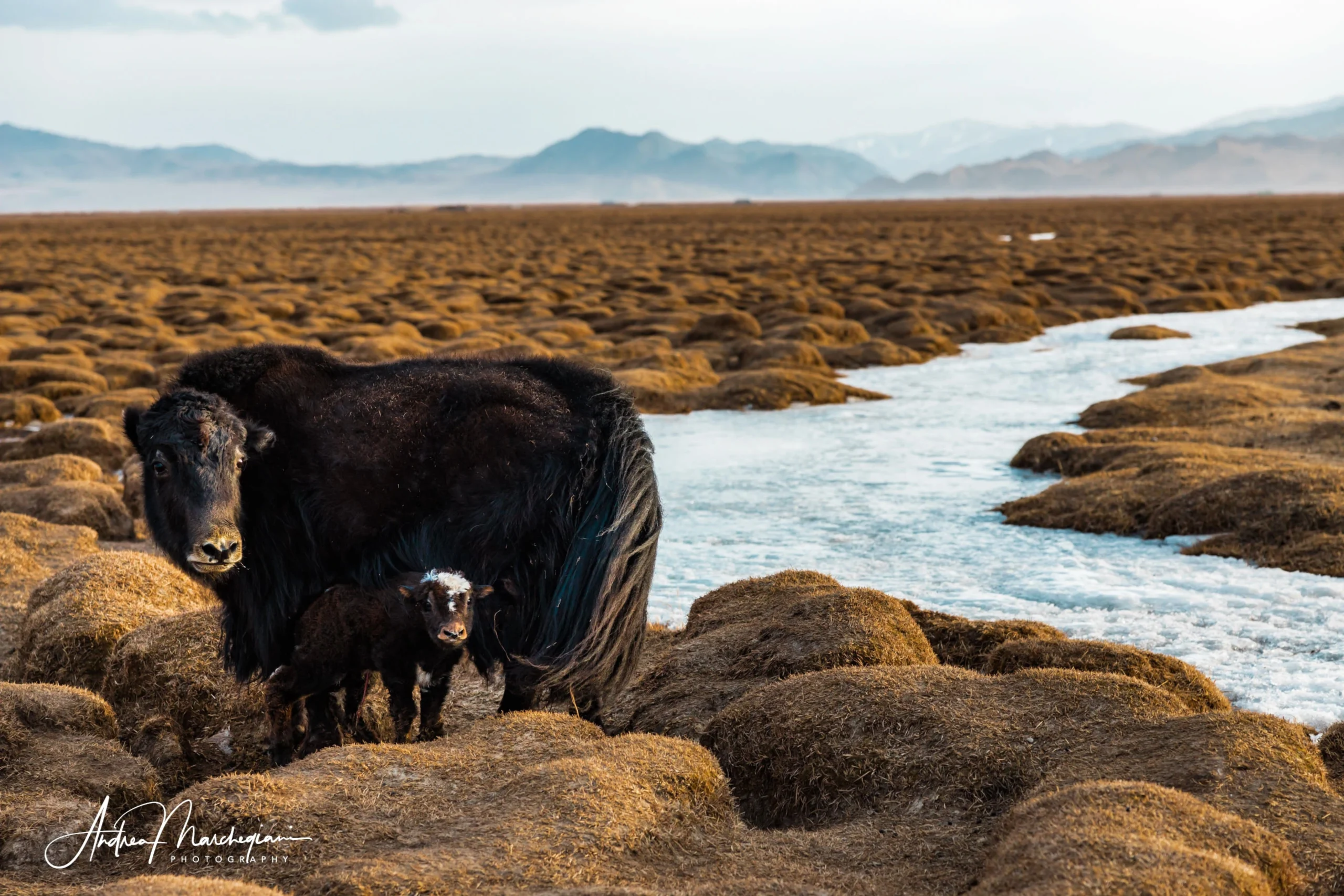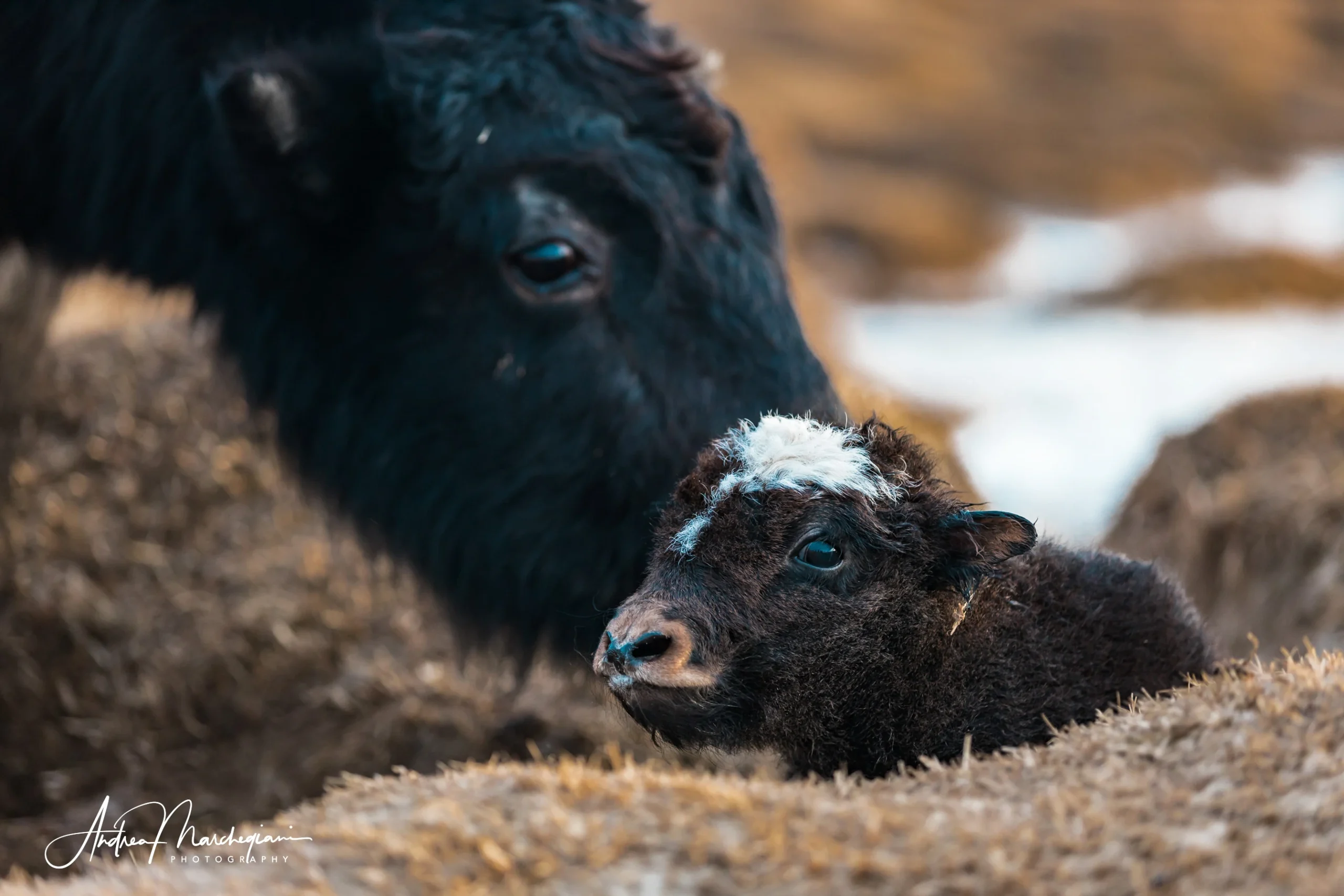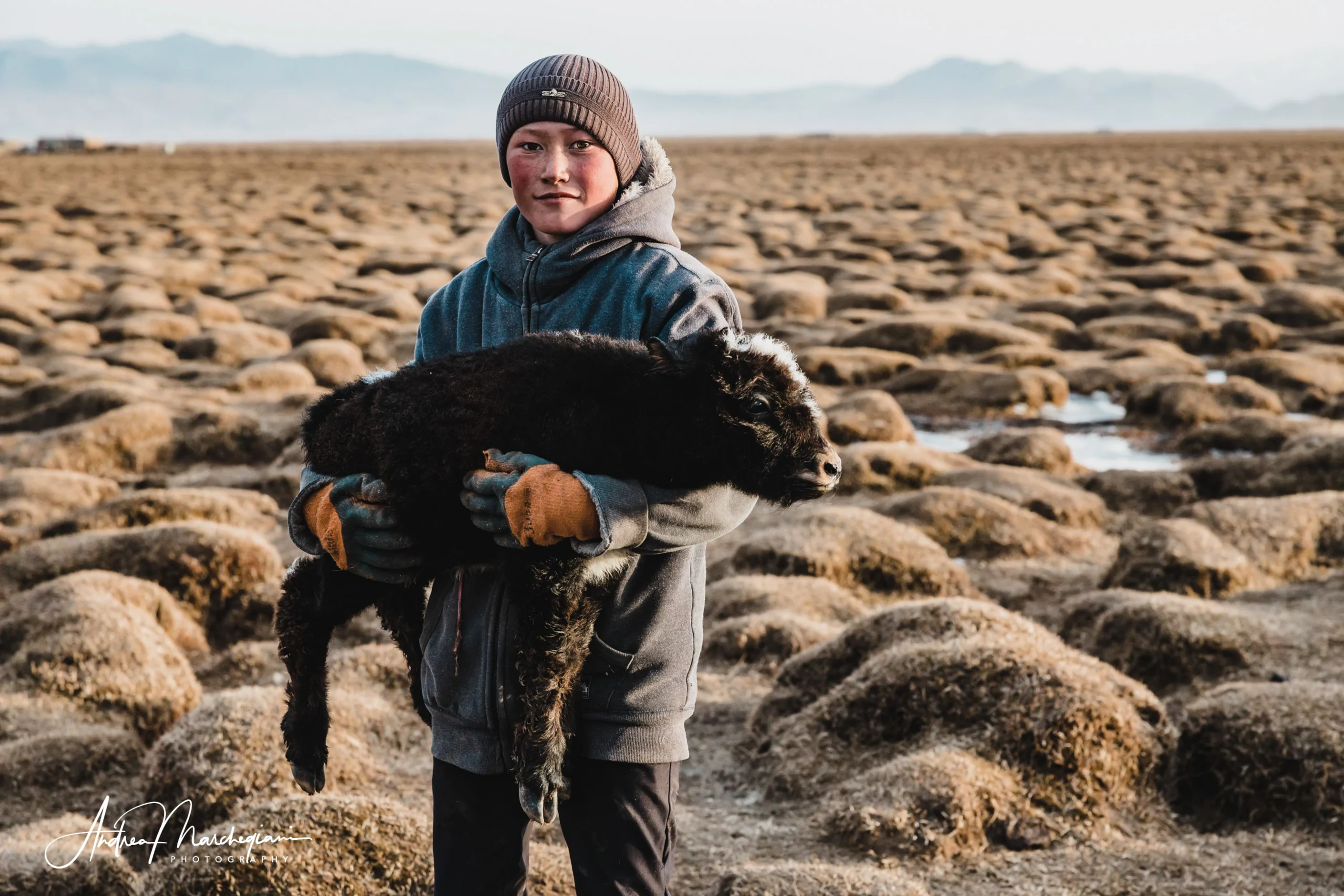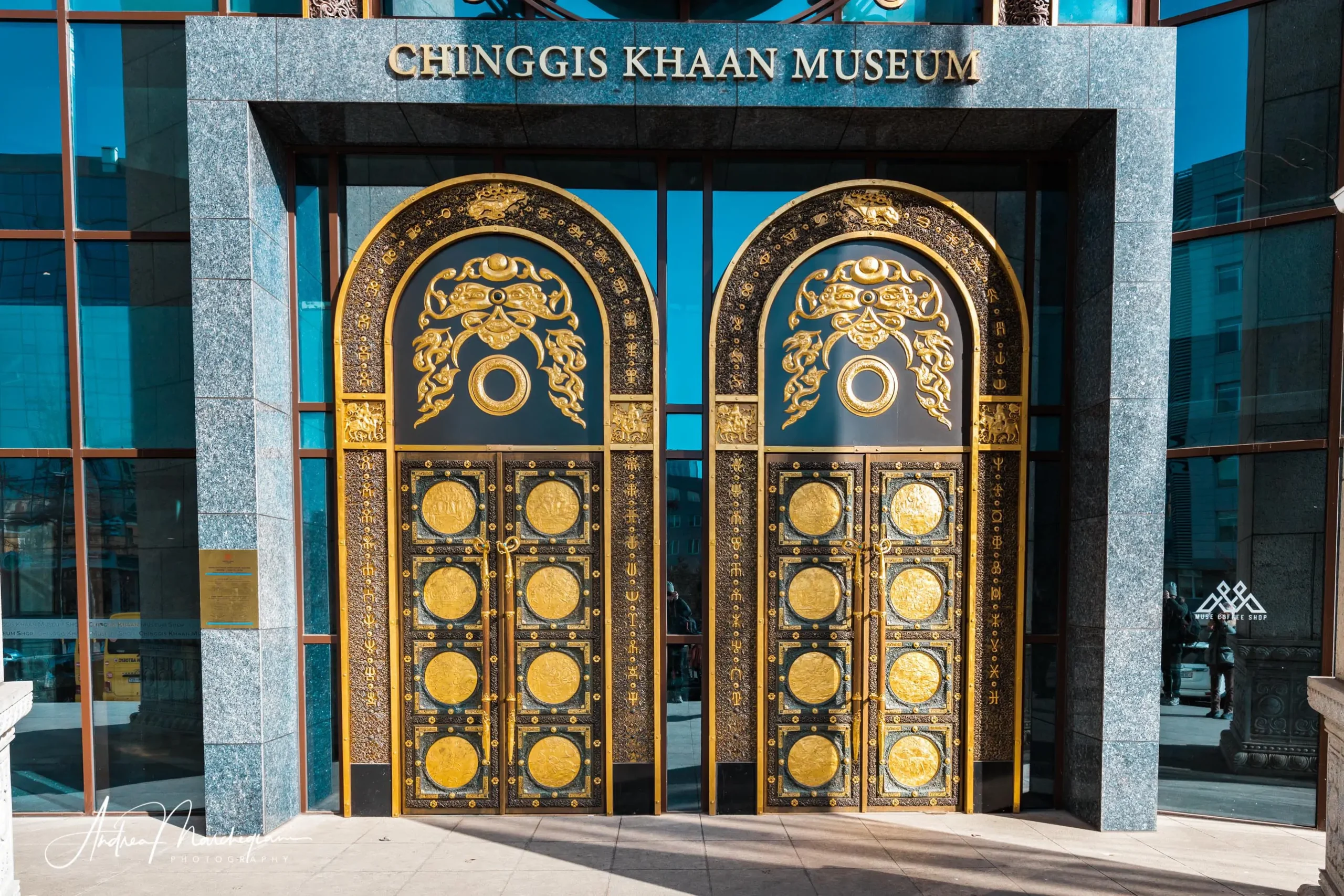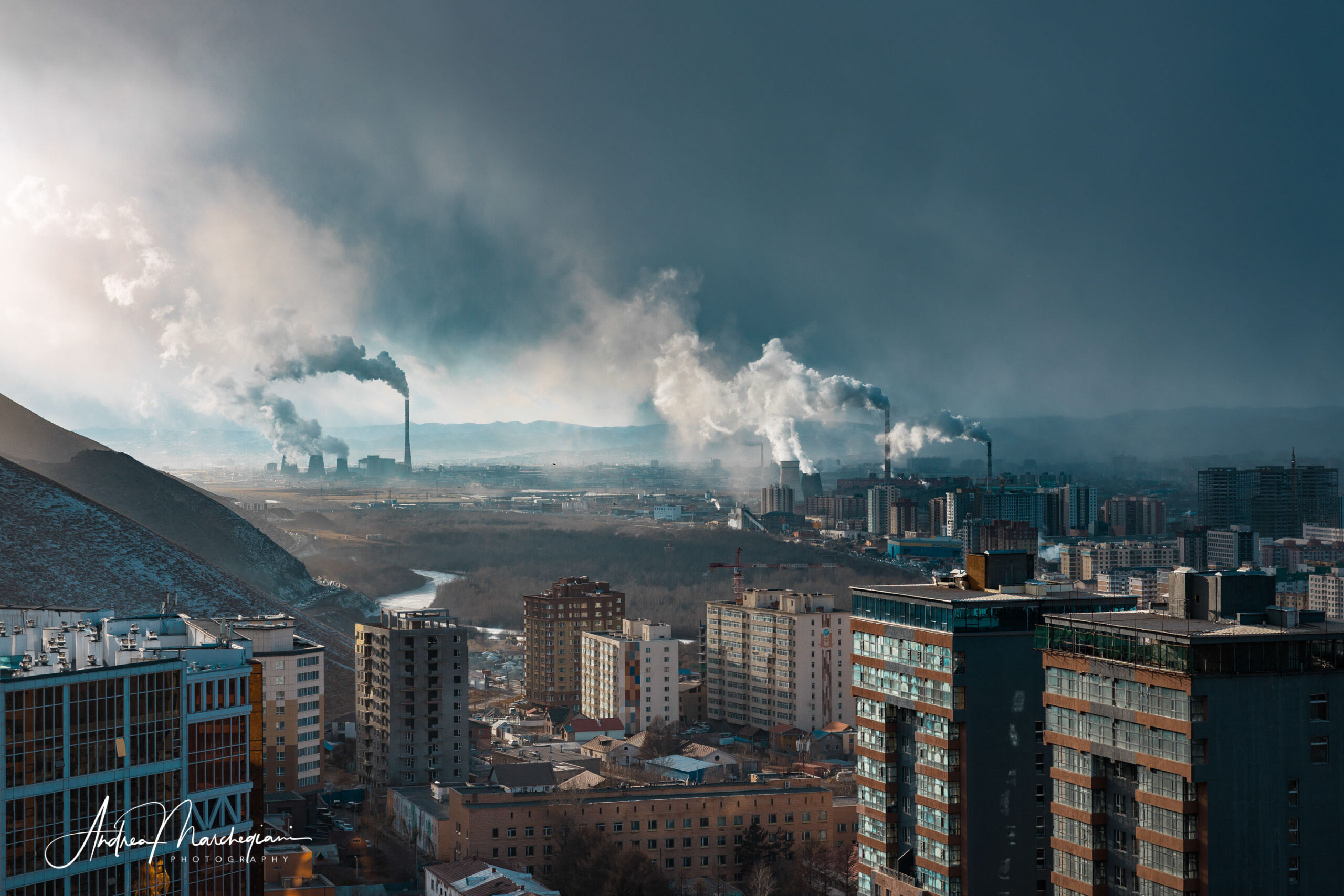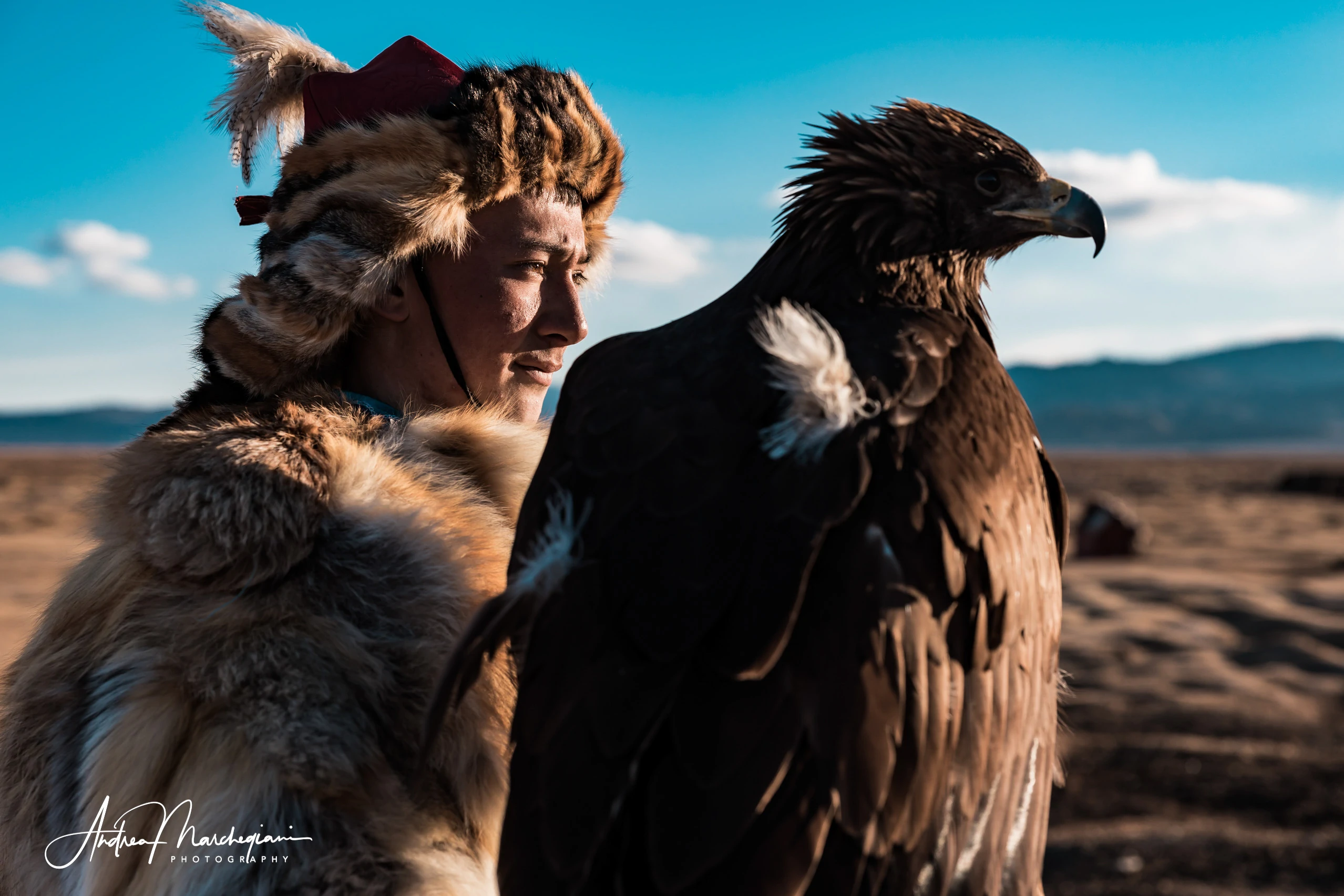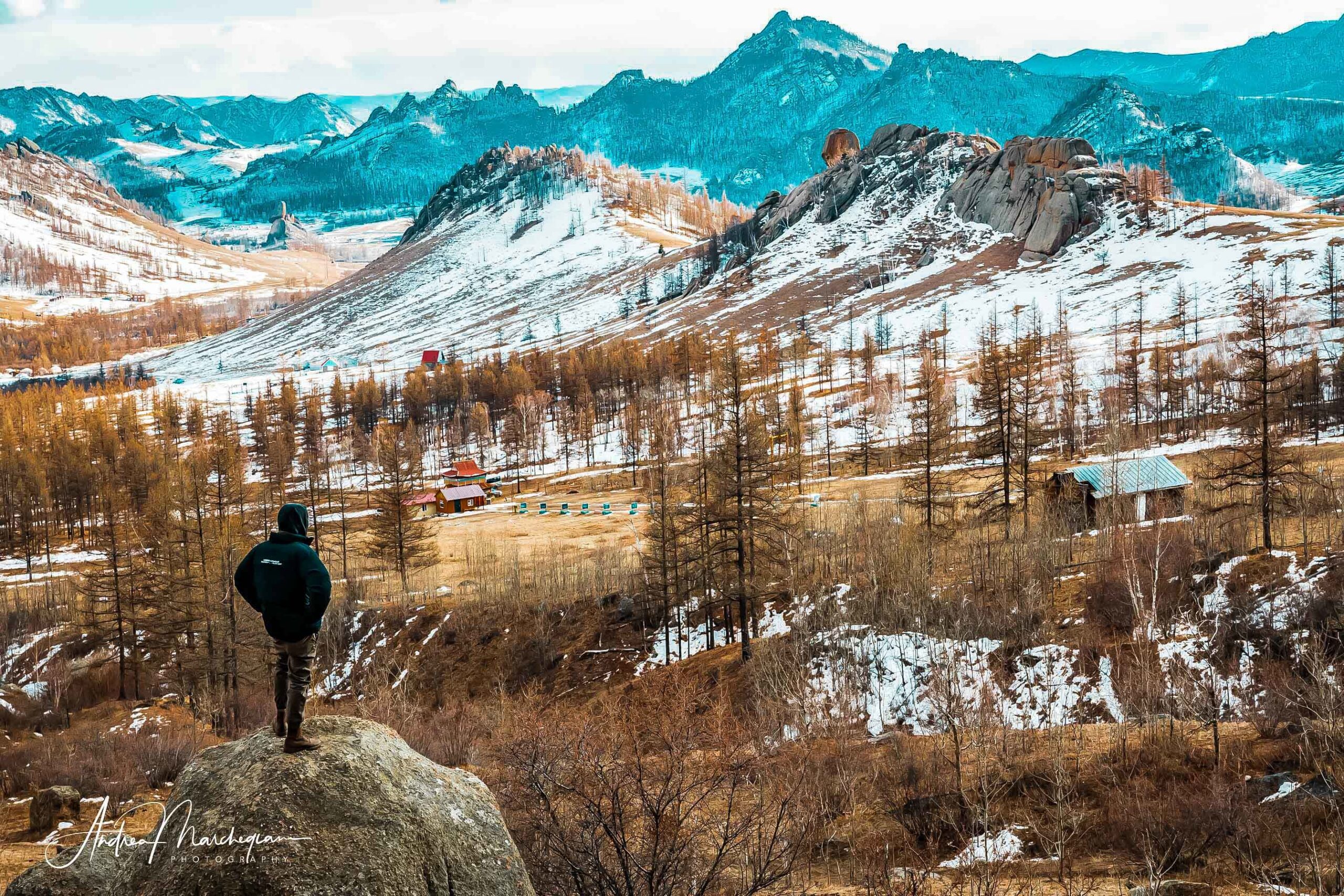
- Home
- Photo Galleries
- Portrait Photography
- Landscape Photography
- Street Photography
- China
- Ethiopia
- India
- Holy Ganges
- Varanasi
- Varanasi Ganga Aarti
- Varanasi, Manikarnika Ghat
- Varanasi Streets & Alleys
- Varanasi Demolition
- Varanasi Fruit Market
- Sarnath
- Brick Kilns
- Tamil Nadu, Chennai & Mamallapuram
- Tamil Nadu, Fort Tirumayam & Madurai
- Tamil Nadu, Tiruvannamalai & Thanjavur
- Kerala, Munnar
- Kerala, Peryiar
- Kerala, Backwaters
- Kerala, Kochi
- Kazakhstan
- Myanmar
- Senegal
- Uzbekistan
- Travel Blog
- China
- Ethiopia
- India
- Tamil Nadu & Kerala
- Varanasi
- Whato to do in Varanasi
- Varanasi Life along the Ghats
- Varanasi Death along the Ghats
- Varanasi Ganga Aarti Ceremony
- Varanasi demolished to honor Shiva
- Varanasi Fruit Market
- “Varanasi, A Journey into the Infinite”
- Sarnath
- All about River Ganges
- Holy Shit. All about Indian Cow Dung
- Clean India Project
- Brick factories
- Tilaka, pundra, bindi: what is the mark on Indian foreheads?
- Kazakhstan
- Mongolia
- Ulaanbaatar, the coldest capital in the world
- What to do in Ulaanbaatar
- Chinggis Khan Museum, 6 floors of Mongolian history
- Gorkhi-Terelj National Park and Bodgkhan Natural Reserve
- Altai Mountains, Things to do in Olgii and Sagsai
- Living with the Eagle Hunters
- Sagsai Eagle Festival
- Navrus Festival
- Xöömej, Mongolian throat singing
- Mongolian Food
- Myanmar
- Senegal
- Uzbekistan
- Latest Posts
- Photography Blog
- About
- Prints
Mongolia. Lost in the Altay mountains, there is an arid steppe plateau that in winter reaches -30 degrees. Here, the last century, some communities of Kazakh shepherds fled from the dictates of Stalinism. And here they still live, as if time had stopped, raising goats for cashmere and hunting with eagles.
Capturing the life of Mongolian falconers has long been one of my dreams as a photographer: I never imagined I would live with them, sharing the harshness of the climate, the hardships of sheep farming and all the excitement for the Eagle Festival.
Share with your friends:
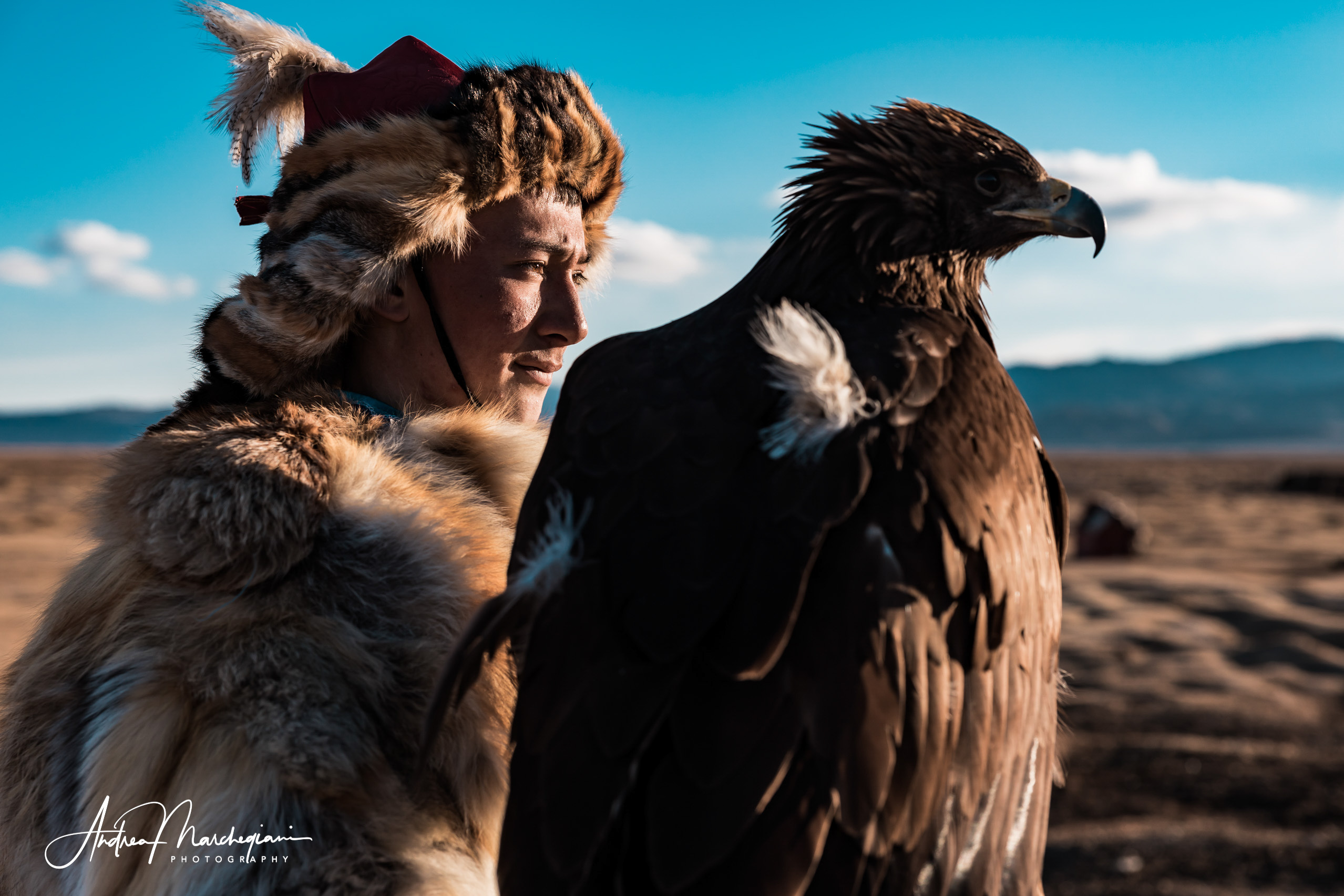
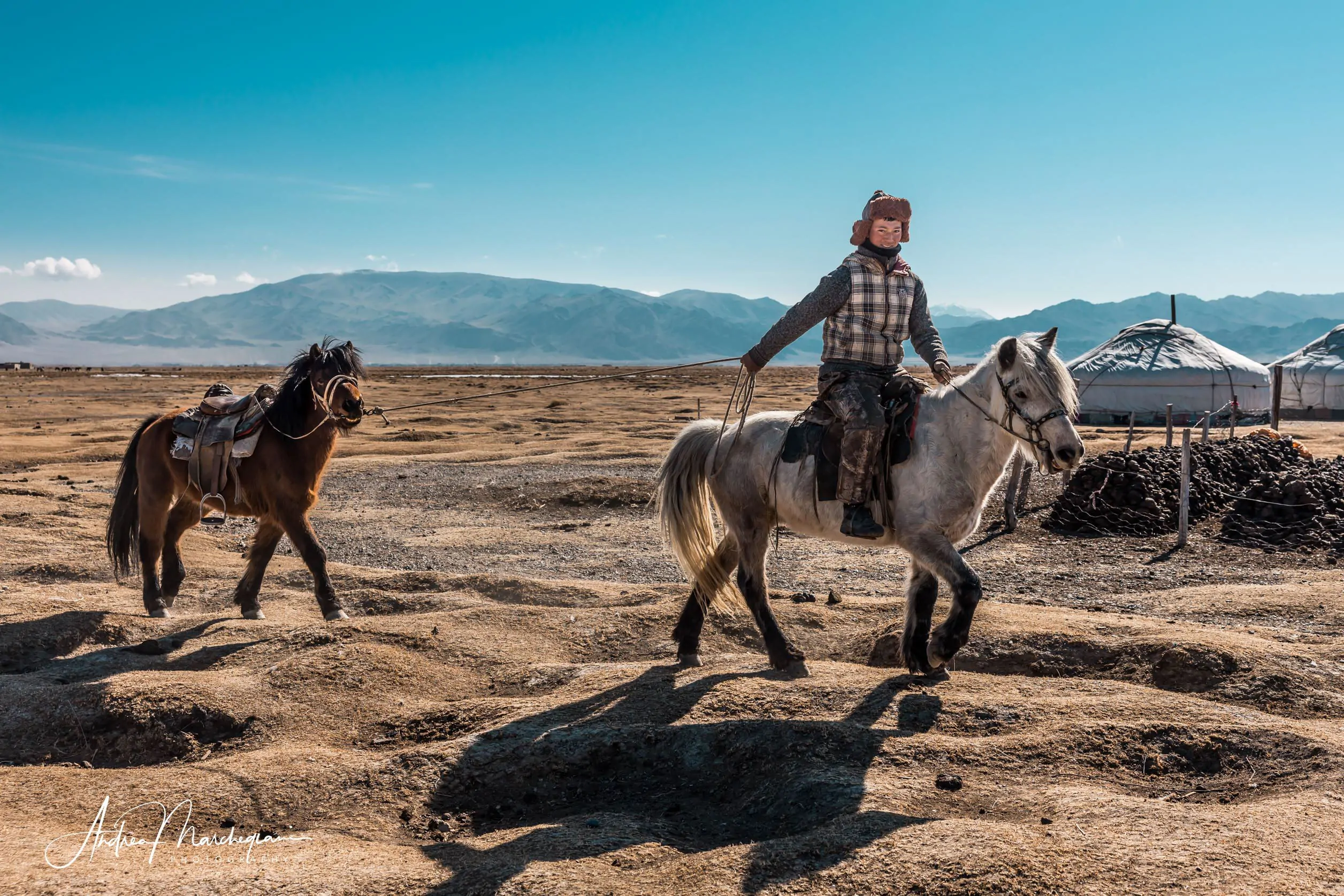
How to get to Sagsai, Olgij province, Mongolia
I reach my guests in March, when Mongolia is still suffering from extreme temperatures. I fly to Ulaanbaatar and wait for the first flight to Olgii, which leaves twice a week, snow storms and wind permitting. From here, aboard a UAZ, I drive to Sagsai, a village of 5,000 souls; then I go to the steppe of the plateau, where the frosts break the paths and test even the legendary Russian van. Here, wrapped in absolute nothingness, I see the farm of the Baimandai family.
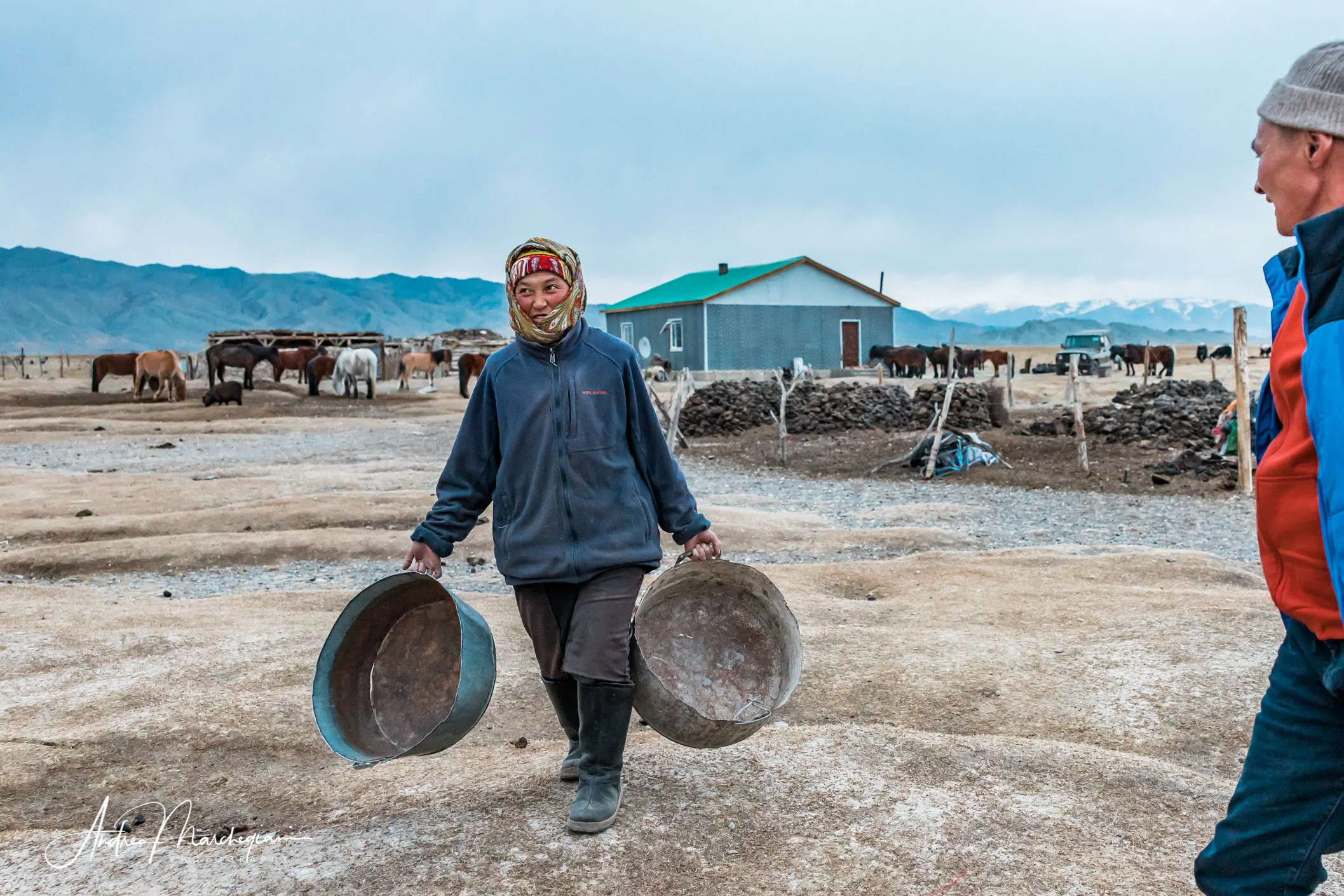
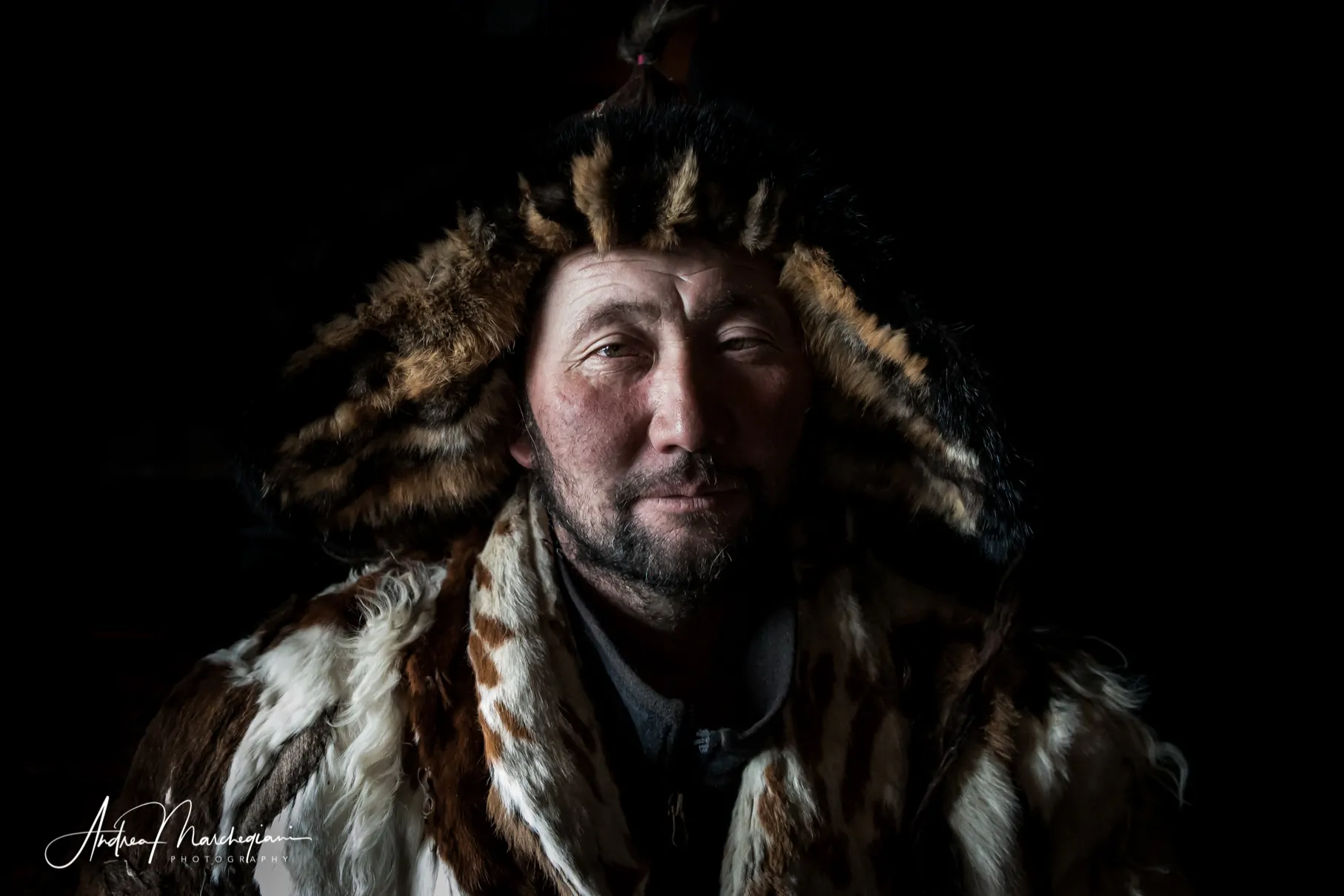
Erlan's family
Erlan Baimandai raises goats for cashmere, muttons and horses. He is helped by his wife Dinar and his children, Arhalyh, 17, and Dastan, 12. Ahtos, the watchdog, is also a member of the family. Day and night he guards the cattle and protects the boundaries of the farm.
March is one of the hardest months of the year. The plateau has nothing more to offer: the grass does not sprout before April and the water of the streams is frozen. The food supply is at an end, the cattle is hungry and the weakest animals will not survive.
When I arrive at the farm, Erlan is preparing the feed for the horses, a sort of rehydrated porridge, while his wife smashes the coal with a pickaxe – it will serve for the ger stove that hosts me. “They just finished assembling it,” explains my great guide Uugie. With the intense cold of the last days, they did not believe it was safe to use it and thought to host us at home; but they have decided to mount it anyways, to give you the choice of where to sleep at night.
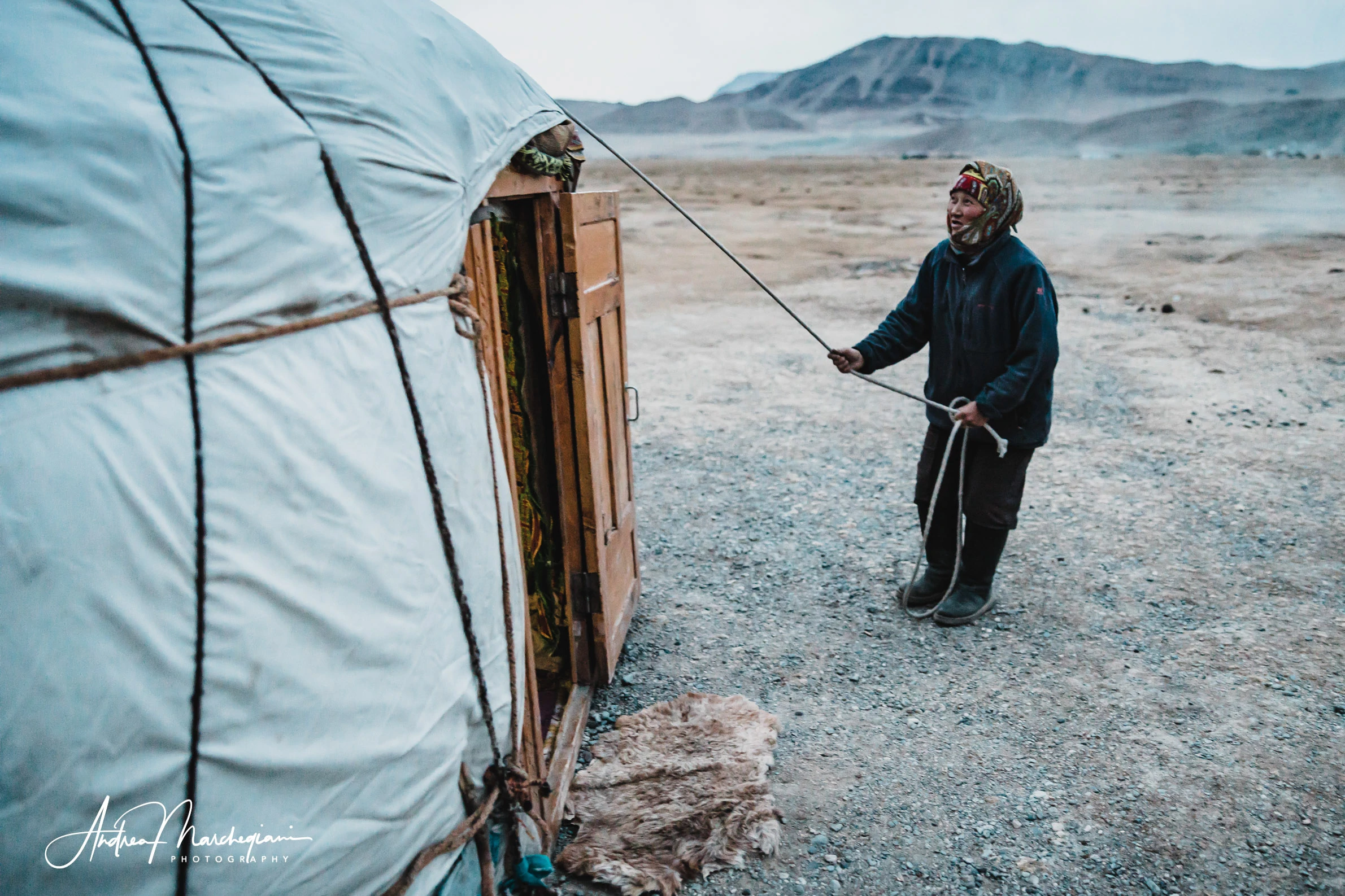
Obviously I go for the ger, although Uugie points out the coal stove must be fed several times during the night. If you accidentally turn it off, you sleep in the cold and if you do not handle the embers well, the ger fills with smoke.
I visit the house, just to see the option. The building is masonry, equipped with a power generator and external solar panels. Here too there is a coal stove, which serves as a heating and a kitchen, but without the draughts you have in the ger – it does not offer the same charm though. The interior is bare, with floors covered with rolls of linoleum and a hint of furniture. The toilets are outside, in full Mongolian style: a hole protected by 3 metal panels. I’ll soon find out what it’s like to use it in the middle of the night, in winter.
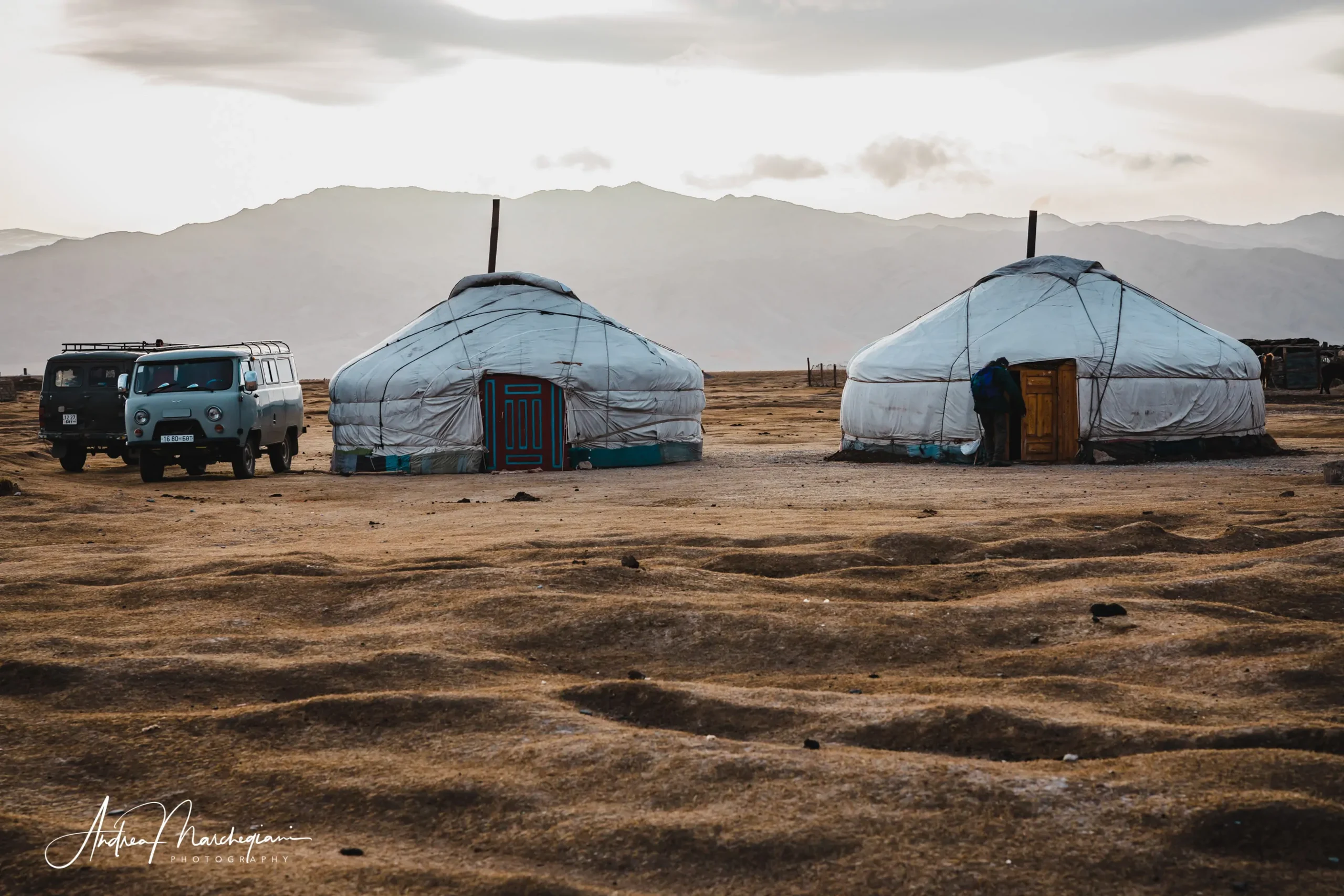
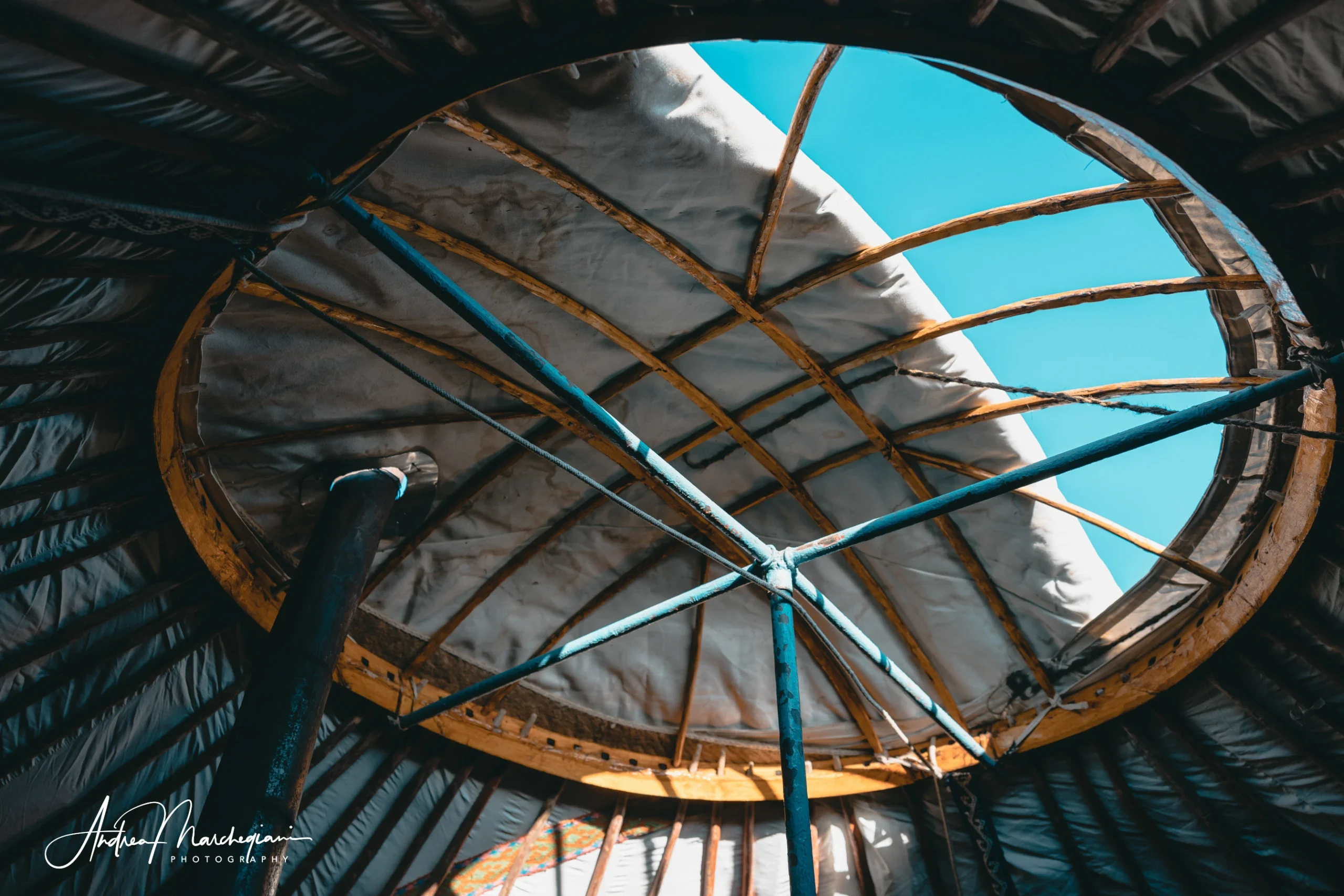
The family horses are small, little bigger than a pony, with very thick hair and spongy fringes. They stand still, facing the door of the house, numb from the cold. They are not tied, yet they do not run away.
“They’re semi-wild horses,” Uugie explains. “They’re not tamed. The Kazakhs let them live in groups, establishing the same hierarchies of dominance as the wild herds do.”
In the next few days we will explore the plateau riding them and so I ask Uugie if it is safe. He shrugs, as if to say “we Mongols have always rode them”.
Little Dastan approaches and tells me to follow him. He wants me to see the eagle.
It’s on a perch on the side of the house, bound and blindfolded. It was right before my eyes and yet I hadn’t noticed it! “Is it your eagle?” I ask.
Dastan doesn’t understand the question. Uugie repeats it to him in Mongolian. Dastan still doesn’t understand. “He doesn’t speak Mongolian,” Uugie comments. As Dastan climbs the eagle on his arm and gently strokes it to calm her, I repeat Uugie’s words with a question mark at the end.
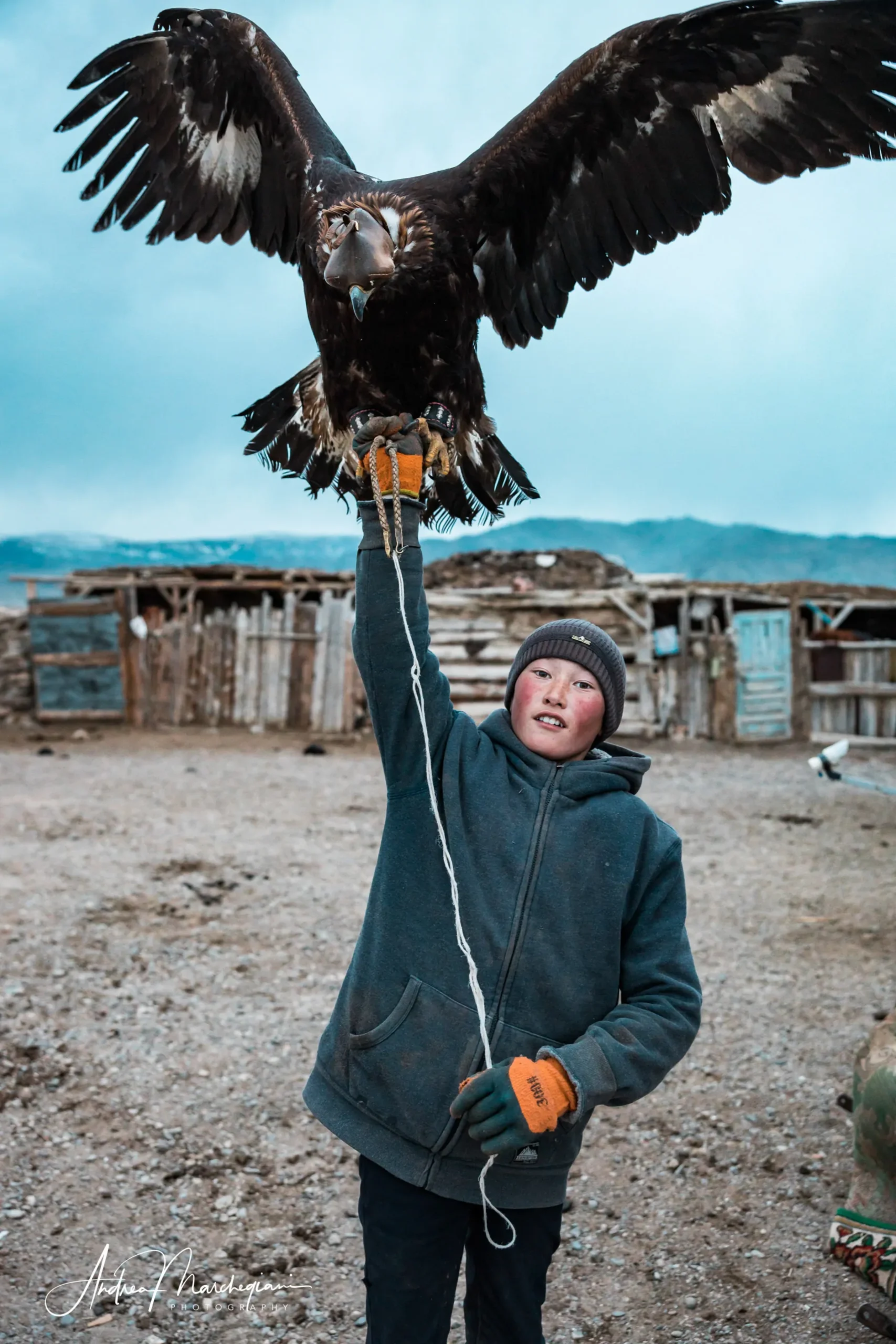
Kazakhs in Mongolia
The Altaj Kazakhs fled the borders of Kazakhstan during the Stalinist purge period: they did not want to give up nomadic life and work in collective farms. They took refuge in the Olgij area and here they preferred to remain even after the disintegration of the USSR, when Kazakhstan asked them to come back.
Like many others, Erlan’s family keeps their traditions alive. They are not Buddhist, like the rest of the Mongols, but Muslim. The children do not attend school: they learn to read independently and devote themselves to pastoralism. Work is never lacking here and everyone’s help is required.
“But how can they integrate if they don’t speak Mongolian?” I ask Uugie. “Kazakhs don’t feel Mongols: they have their own language, culture and religion,” he replies.
“At the age of 18, however, they do military service and in the barracks they learn Mongolian. I see. “What about women? Don’t they learn Mongolian?” “Yes, if they attend university”.
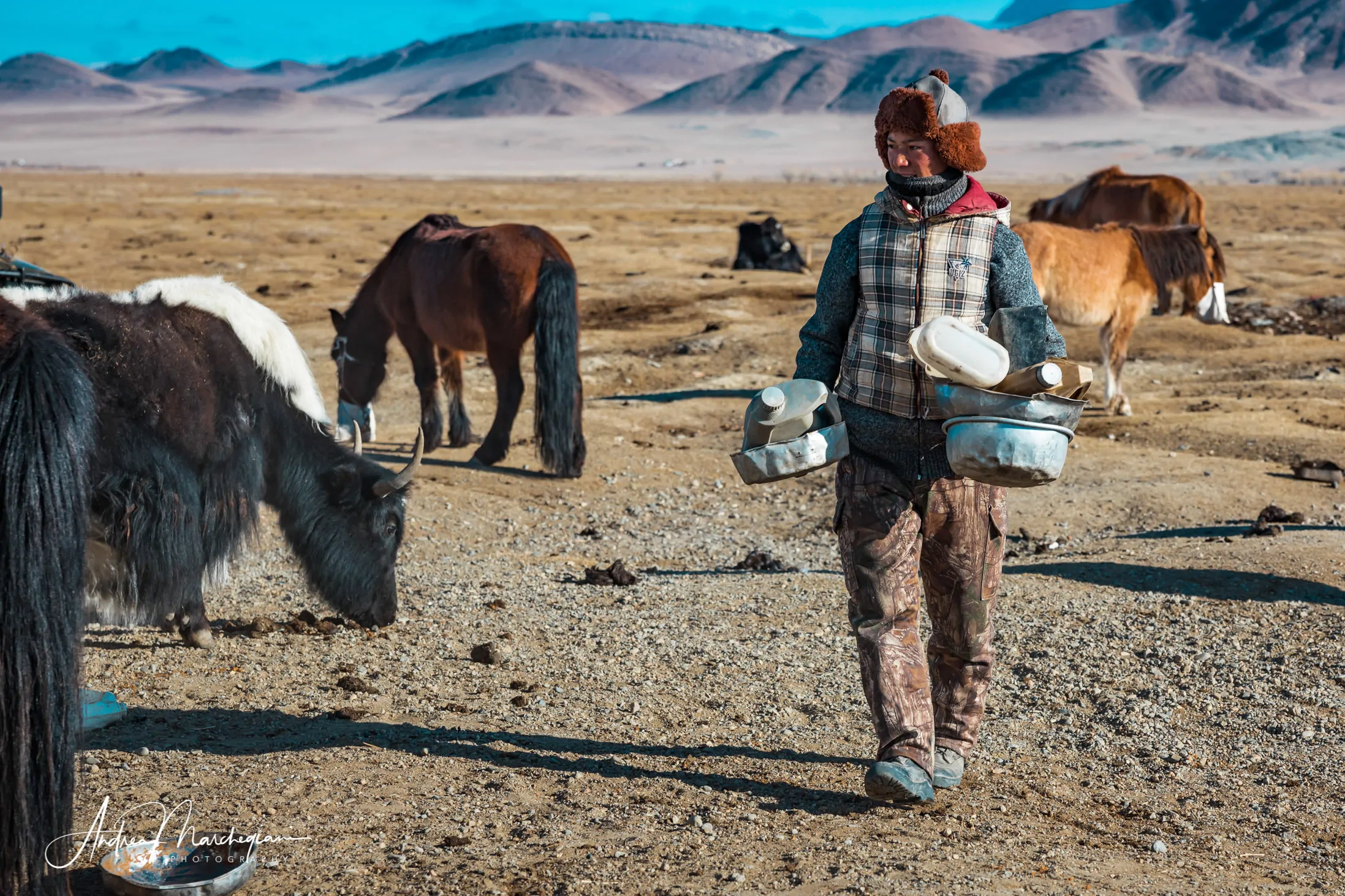
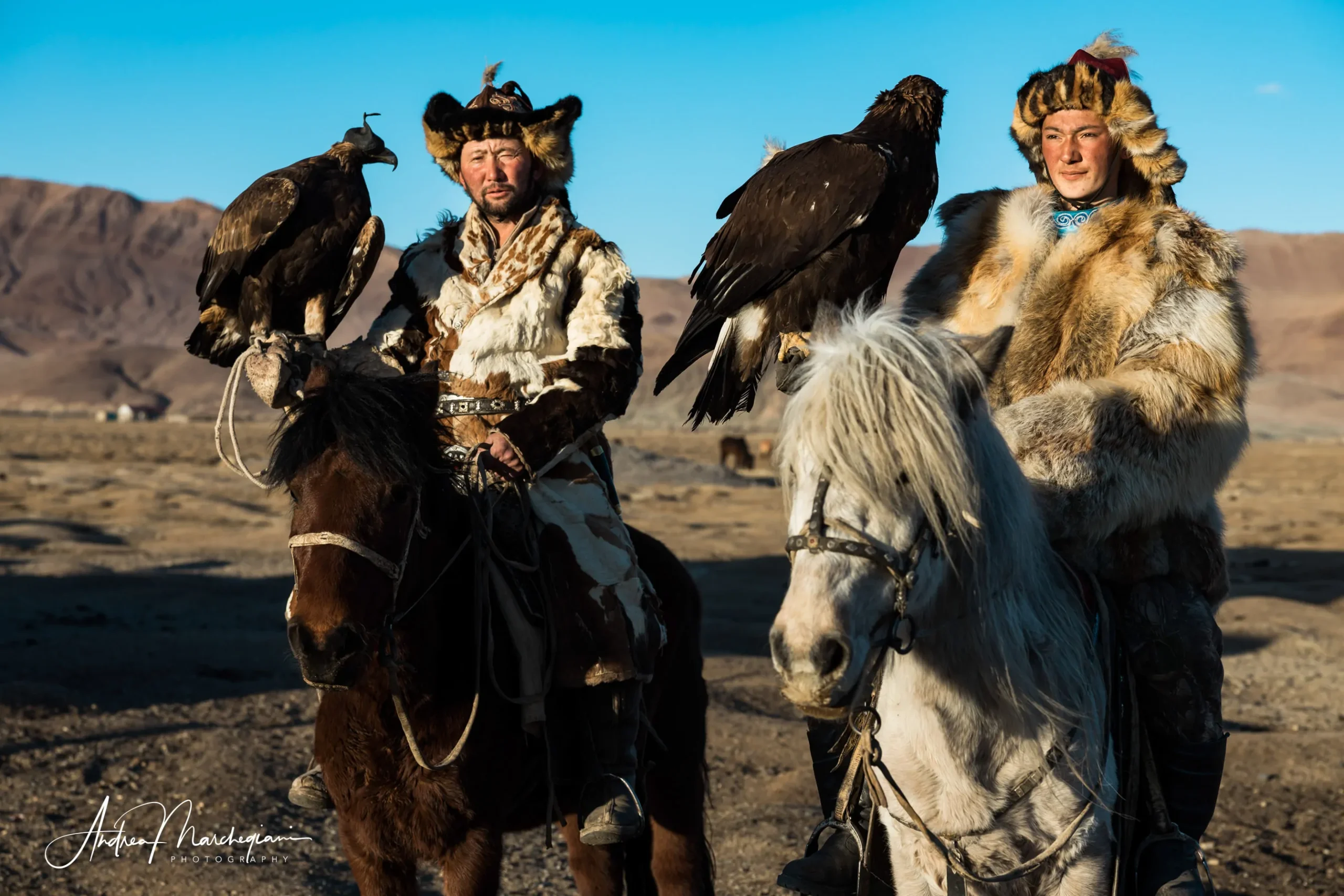
I try to hide my amazement. Integration and education are essential values for us, but travelling teaches not to evaluate the world according to national parameters. We Italians are a very homogeneous people, even if we are often not aware of it. Our regional differences are little compared to our similarities. Globally, however, we are an exception. In Ethiopia, for example, 85 different languages are spoken; in China 302; in India there are 21 official languages, as well as 392 local languages (dialects excluded).
In the following days, Uugie explains to Erlan I am a travel photographer and I would like to capture their life in images, if they don’t mind. Erlan agrees and seems happy to cooperate.
So I can shoot freely and can photograph falconry activities, but I never go into the intimacy of the house, except on the last day, when I ask for a family portrait and a short interview with Arhalyh, who is about to perform at the first spring edition of Sagsai Eagle Festival. Now accustomed to the shyness of the members of the family, I try to be quick and not insistent (I just place them at the side of the window and ask them to form a compact group).
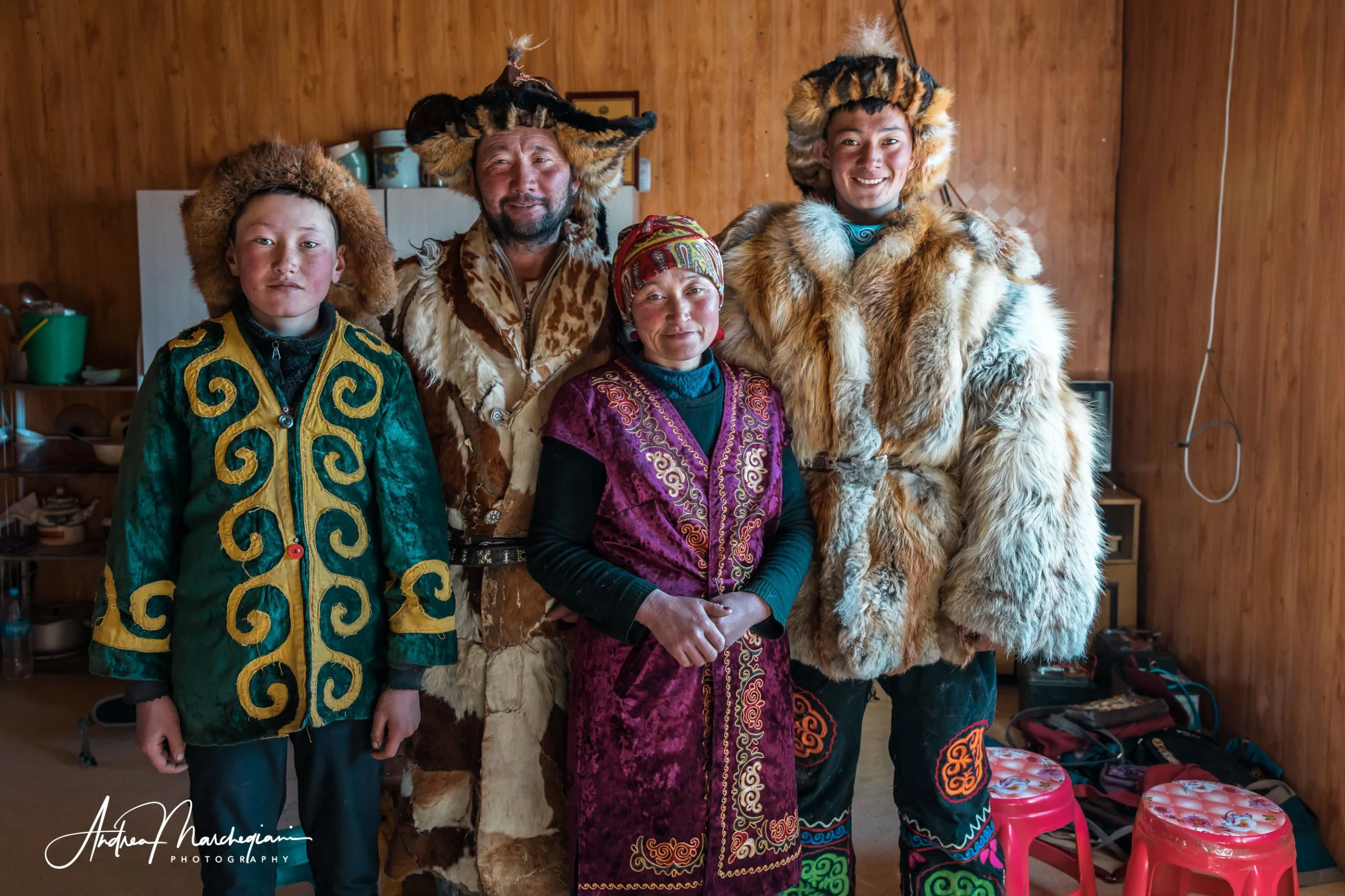
When I finally ask Arhalyh my questions, I am amazed to get the answers from Erlan. I ask Uugie why, fearing I have done something wrong. He explains that in Kazakh families the head of the family speaks for everyone. When it is not present, the firstborn takes his place. It is a form of protection and respect I would have never imagined.
During the interview, Erlan confirms what I already know. He explains Arhalyh does not need to attend school; He’d better learn how to run the family farm he will inherit in the future. Every day he gets up, feeds the horses, grazes the goats, dries the dung and trains as a falconer. This is the family tradition and he will continue it, inheriting it from Erlan as he did from his father.
Yet there is a threat to this established order. Arhalyh and Dastan spend a lot of time on facebook, especially in the evening, and enjoy large amounts of videos. Their world no longer has the narrow boundaries of the plateau. My presence is also a sign of change.
Since the documentary The Princess and the Eagle was made, in fact, the eagle hunters of Mongolia have the eyes of the world on them. More and more travellers and photographers go to the Altay mountains and the Kazakhs welcome them in their homes. The family economy benefits from this new source of income, but what impact will tourism have on their traditional lifestyle?
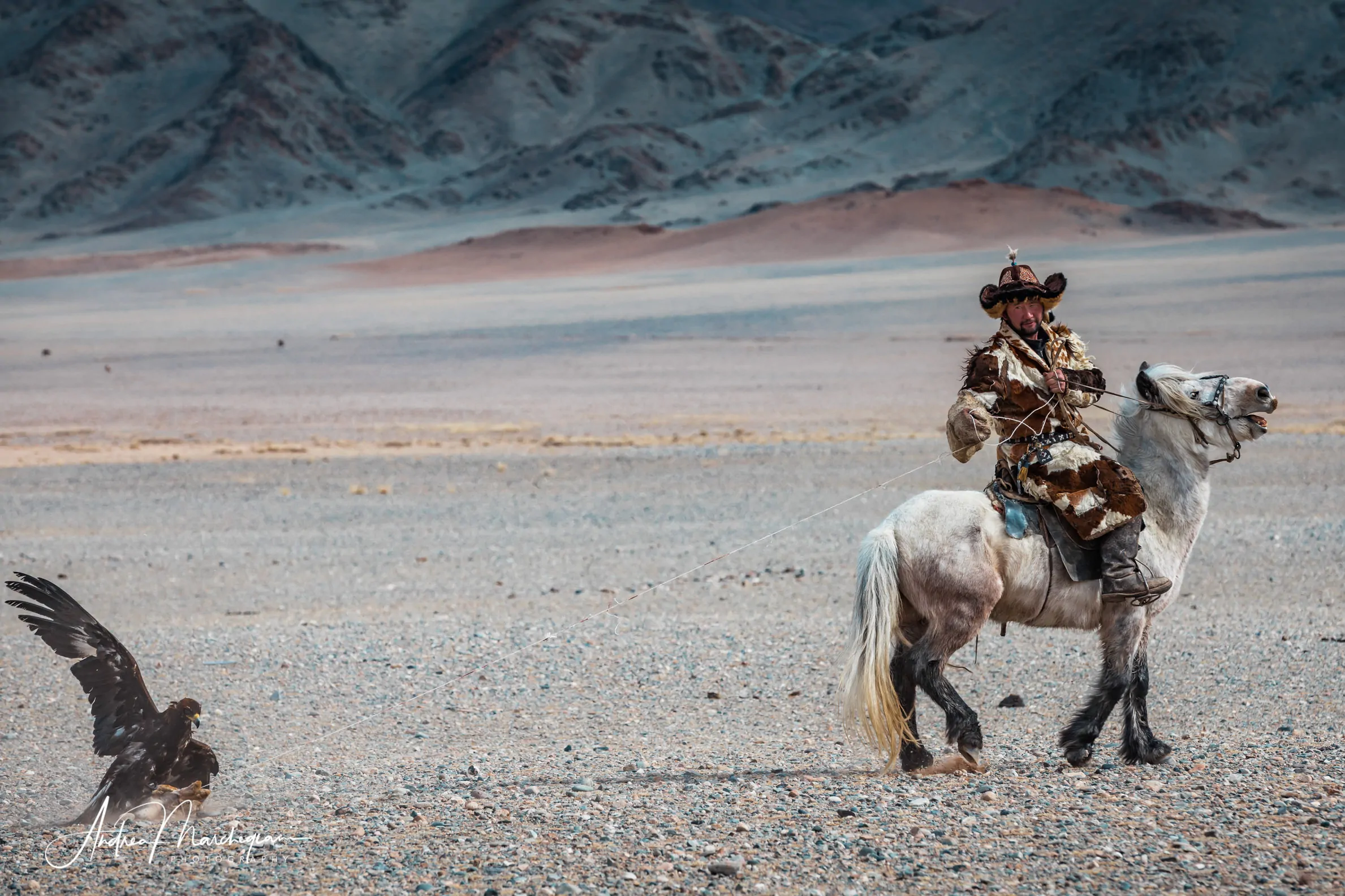
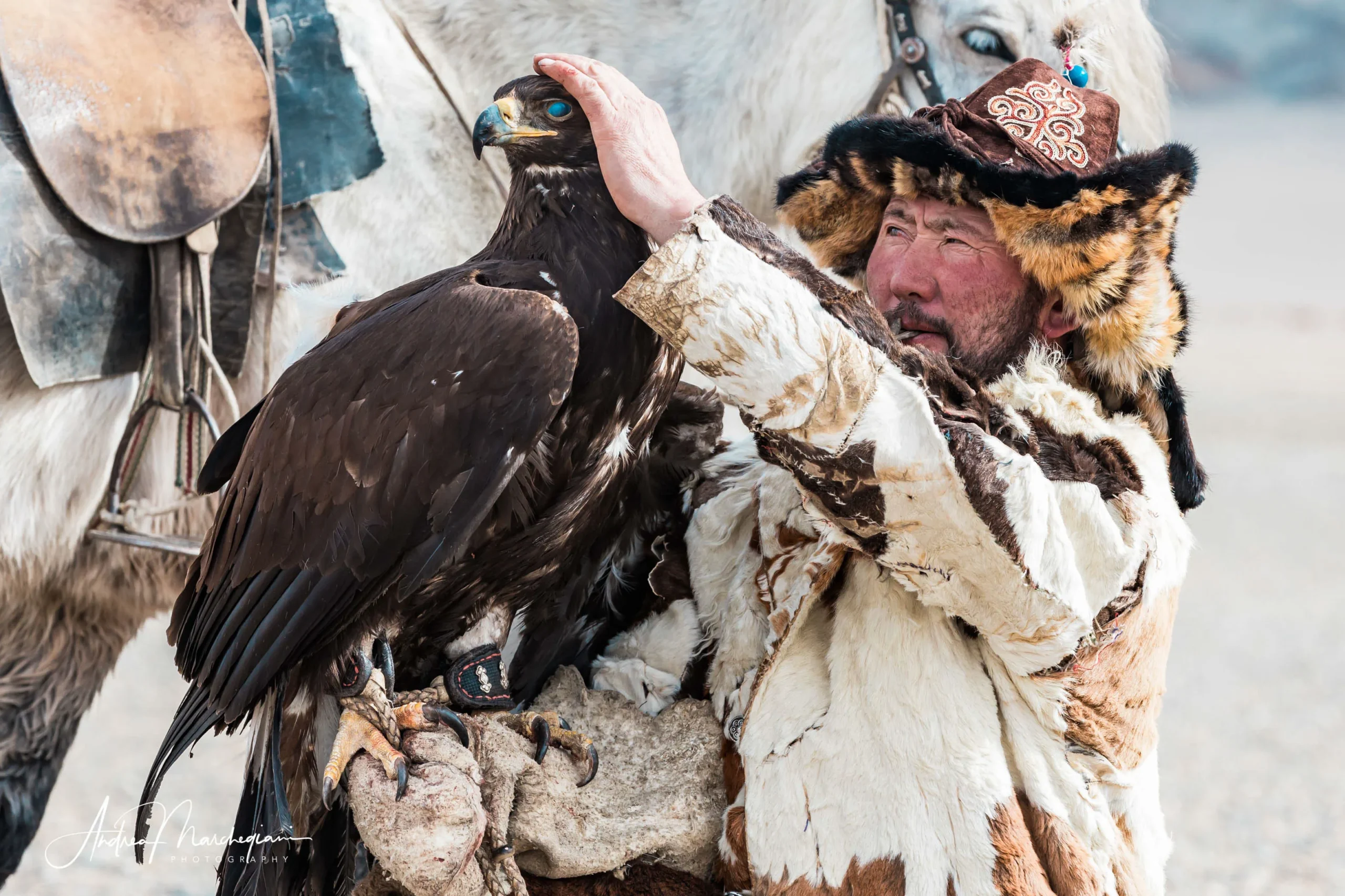
Eagle Hunting in Mongolia
Eagle hunting is a millenary activity, typical of the Eurasian steppe. It is driven on horseback and has as preferred preys red and corsac foxes: their golden furs stand out against the snowy mantle and makes the animals easier to spot. It is an amateur practice, a winter hobby. The falconer rides to the top of the mountain, holding the eagle. He then leaves it free to spot, hunt, and bring the prey back. Months of training and strong arms are required, since an adult eagle can weigh up to 12 kilos.
Berkutchi (as they call falconers in Kazakh language) prefer to hunt with female golden eagles, that they steal from the nest as soon as they learn to hunt. I ask Uugie why they do not run away during the hunting trips and he explains the hunters tear off the biggest feathers from their wings, so they are no longer able to take flight but only to glide. “Hunters release eagles after 5-10 years”, Uugie hastens to say. “They can go back to their wild life”.
Each falconer trains more eagles. Erlan has two at home, but it is not unusual to find up to 5.
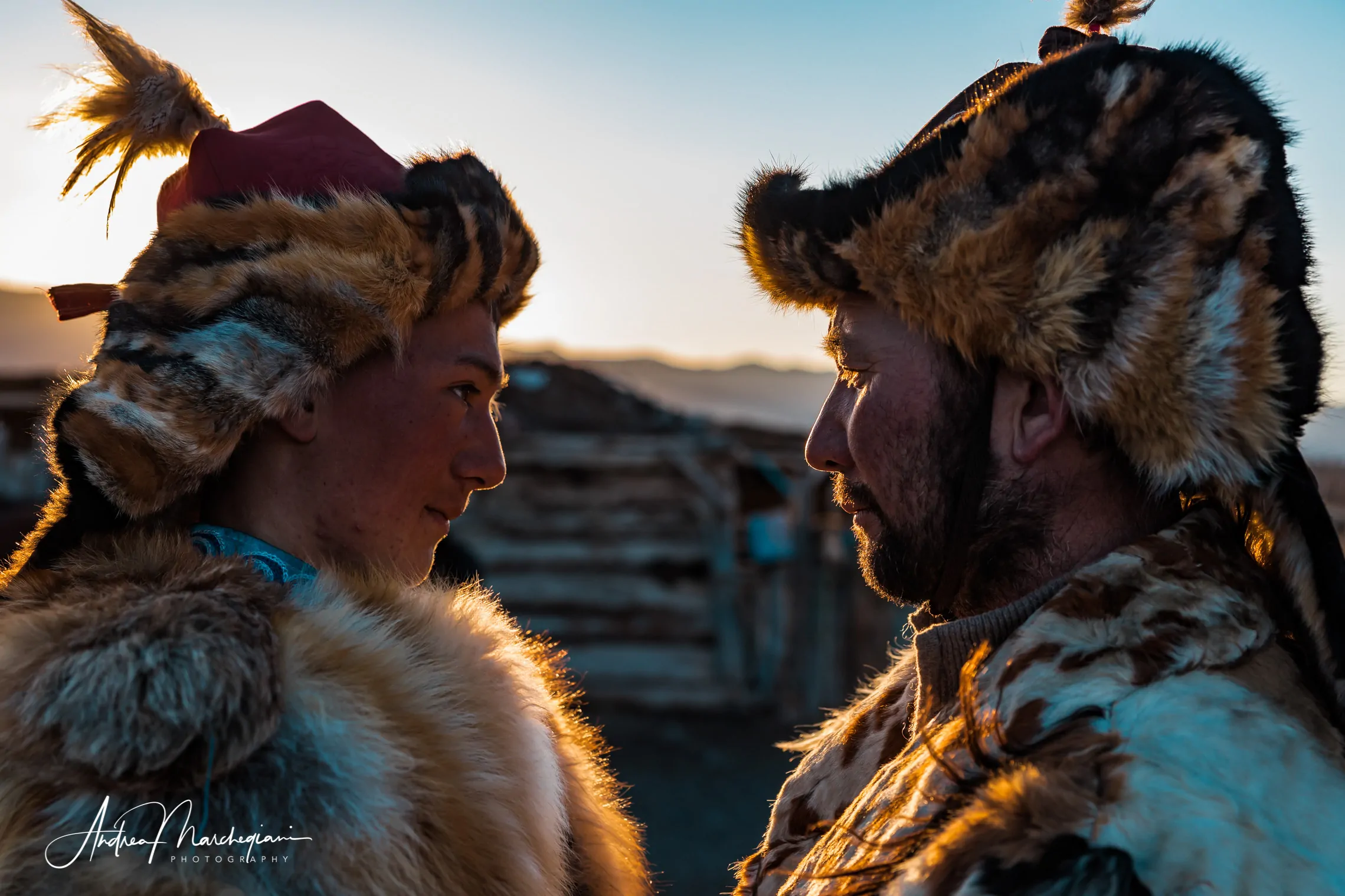
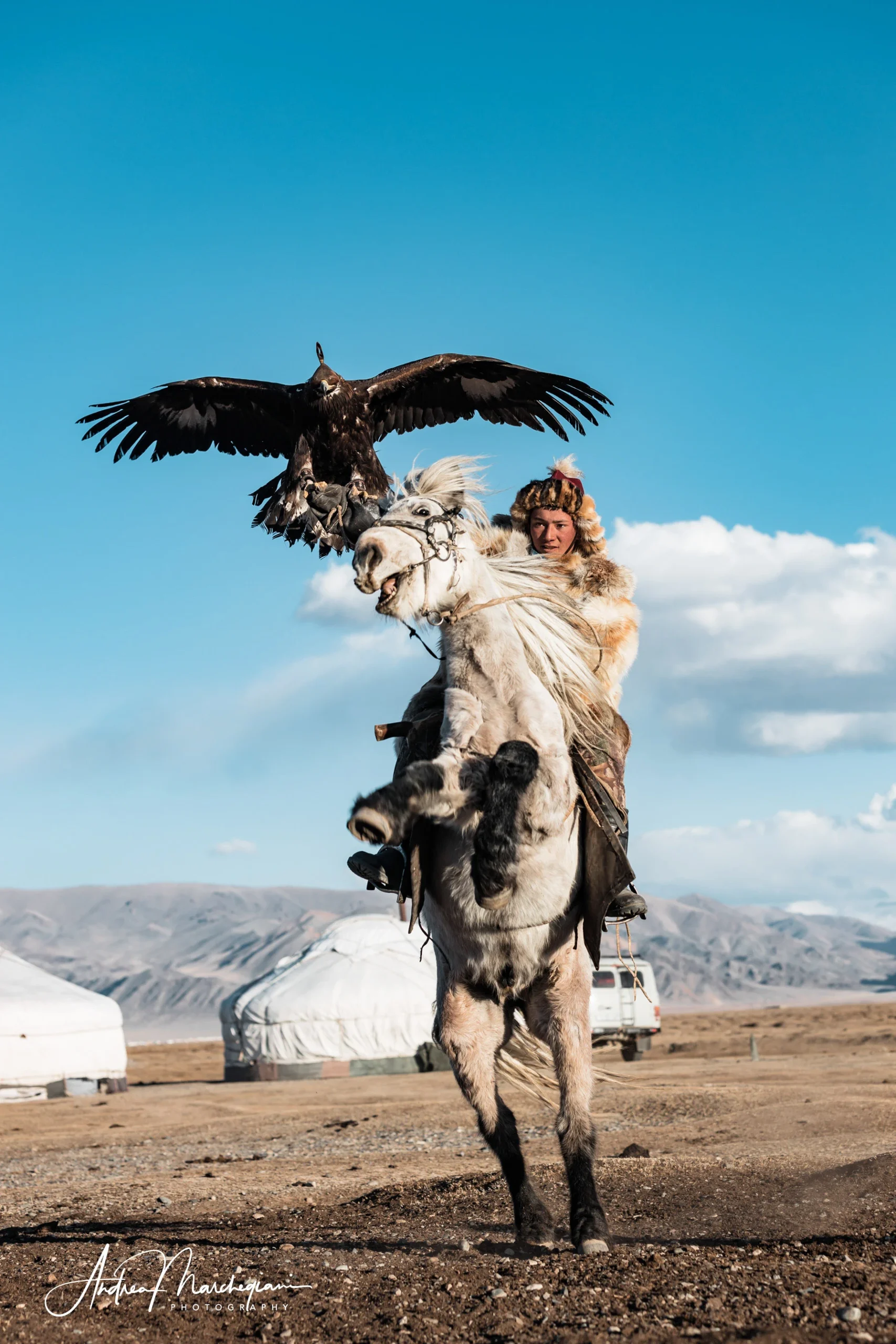
Eagle Festivals in between tradition and tourism
Berkutchi love to compete with each other to see who has the best eagle.
Two Eagle Festivals are held annually in the Altay Mountains. The most important is located in Olgij, where hundreds of hunters gather; the second one is smaller and takes place in Sagsai (about 40 falconers show up). Both are based on proving the hunters technical skills: in Sagsai, I could see some of them, such as taking the eagle to the top of the mountain and calling it, hunting, horse-riding archery and tearing apart a goat skin.
Supposedly, there are only 300 eagle hunters left in Mongolia. However, growing tourist interest is reviving this practice.
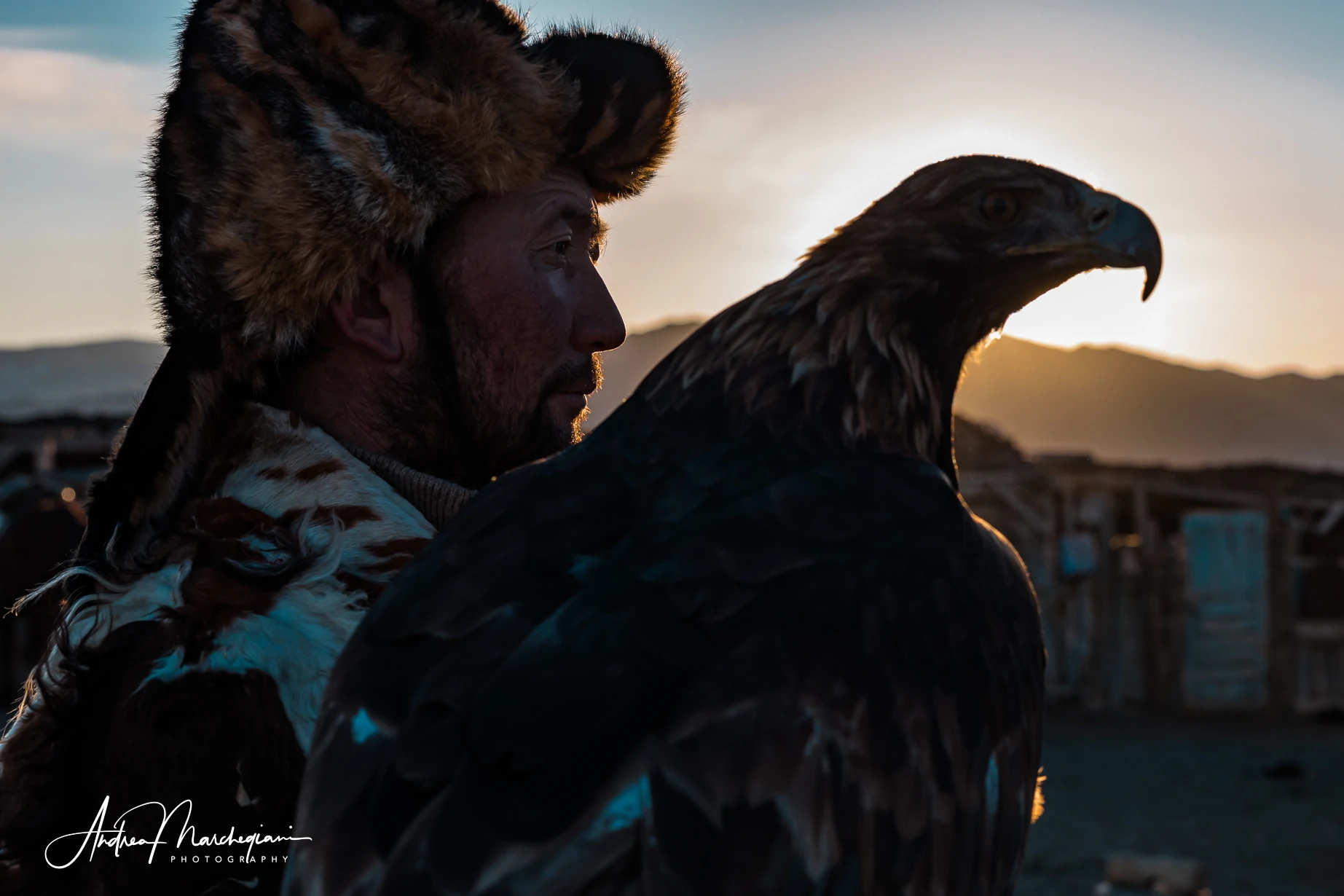
Tourists attend the races with great involvement, unaware their presence has already changed some of their substantial aspects. Disturbed by the large crowds, the golden eagles taken in preadult age have been replaced by others taken while still chicks. They tolerate humans better, but they have worse hunting skills. I wonder if they can take care of themselves once they are released.
Hunting contests have also been adapted to the palate of visitors: in the past, they would use live preys for the eagle to hunt but the horror of tourists made the organizers replace them with fur tails or dead baits.
Some berkutchi look at the recent changes with discontentment, as the Eagle Festival is turning into an event for the use and consumption of tourists.
But if you take into account the economic benefits the Kazakh community will get from tourism, it is difficult to condemn the choice. On a global level many popular traditions are facing the same choice: adapt to modernity or die.
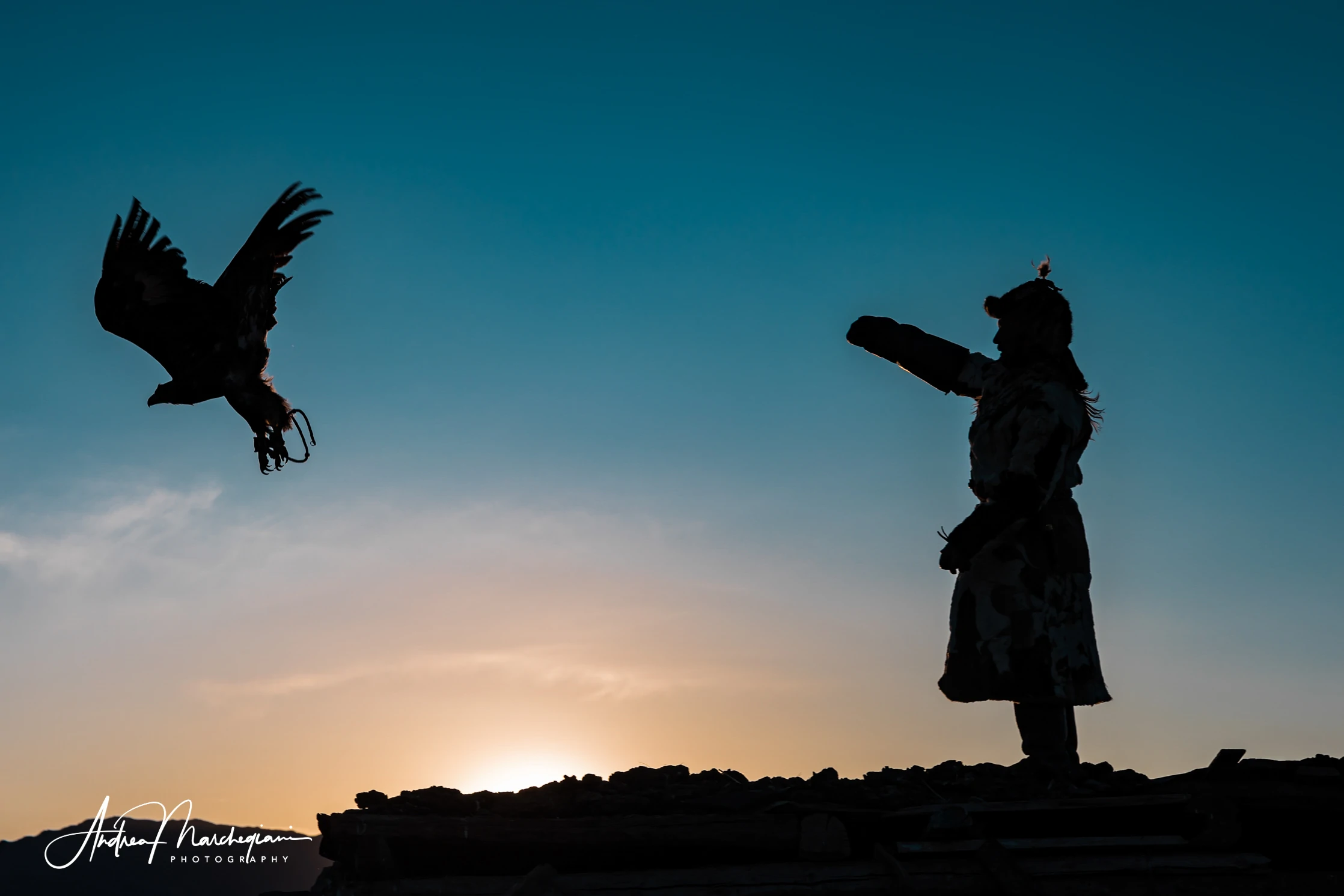
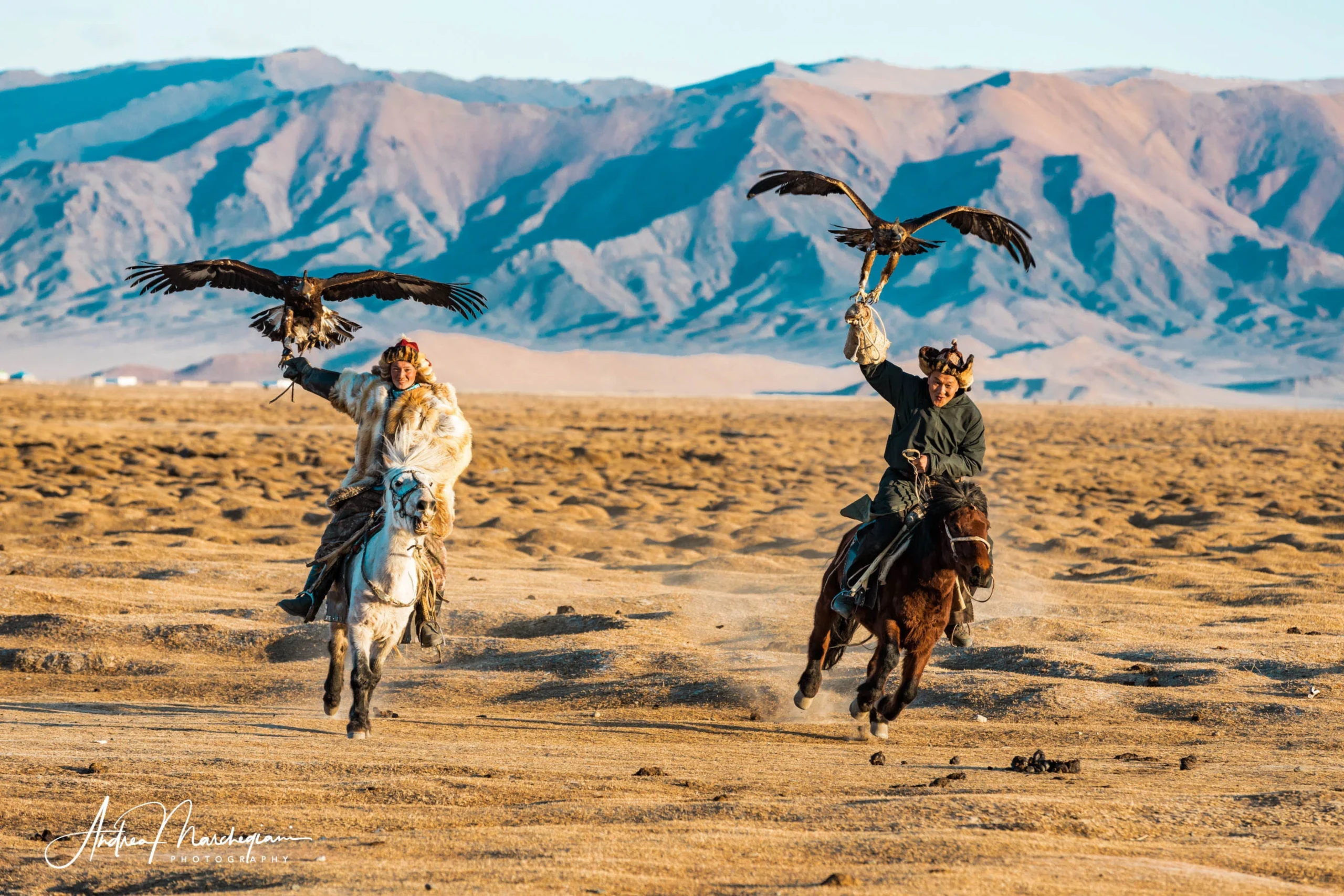
Altay Mountains: beyond Eagle Festivals
With climate changes making the steppes drier and drier, the future of the Altay area can only be tourism; yet I am sure the Mongol nomads will face the challenge brilliantly: they are historically devoted to hospitality. In the harsh winter months, anyone can enter a strangers’ home without warning. You don’t need to explain the reason for your visit: you immediately get a hot meal and a place to sleep.
Not that Kazakhs are sentimental guests, quite the opposite. They offer what they have without ceremony. The isolation has made them shy and you understand at first glance they do not like small talk. If you bring them a gift, don’t expect them to thank you, but don’t think they didn’t appreciate it.
Their generosity consists rather in making you feel immediately part of the family, showing themselves for what they are without wearing the best dress. Erlan’s family is no exception: what he offers me goes far beyond the presence of eagles.
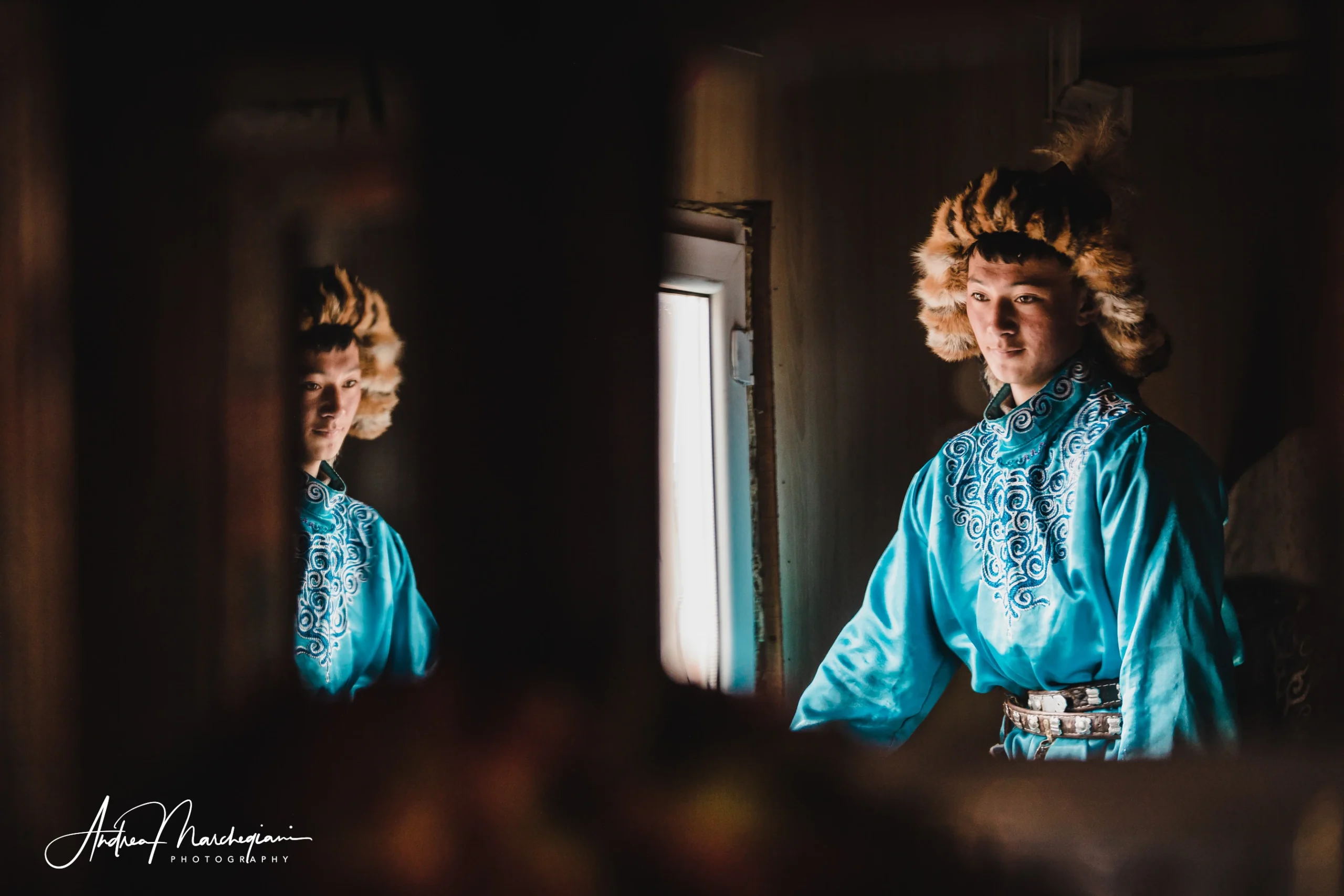
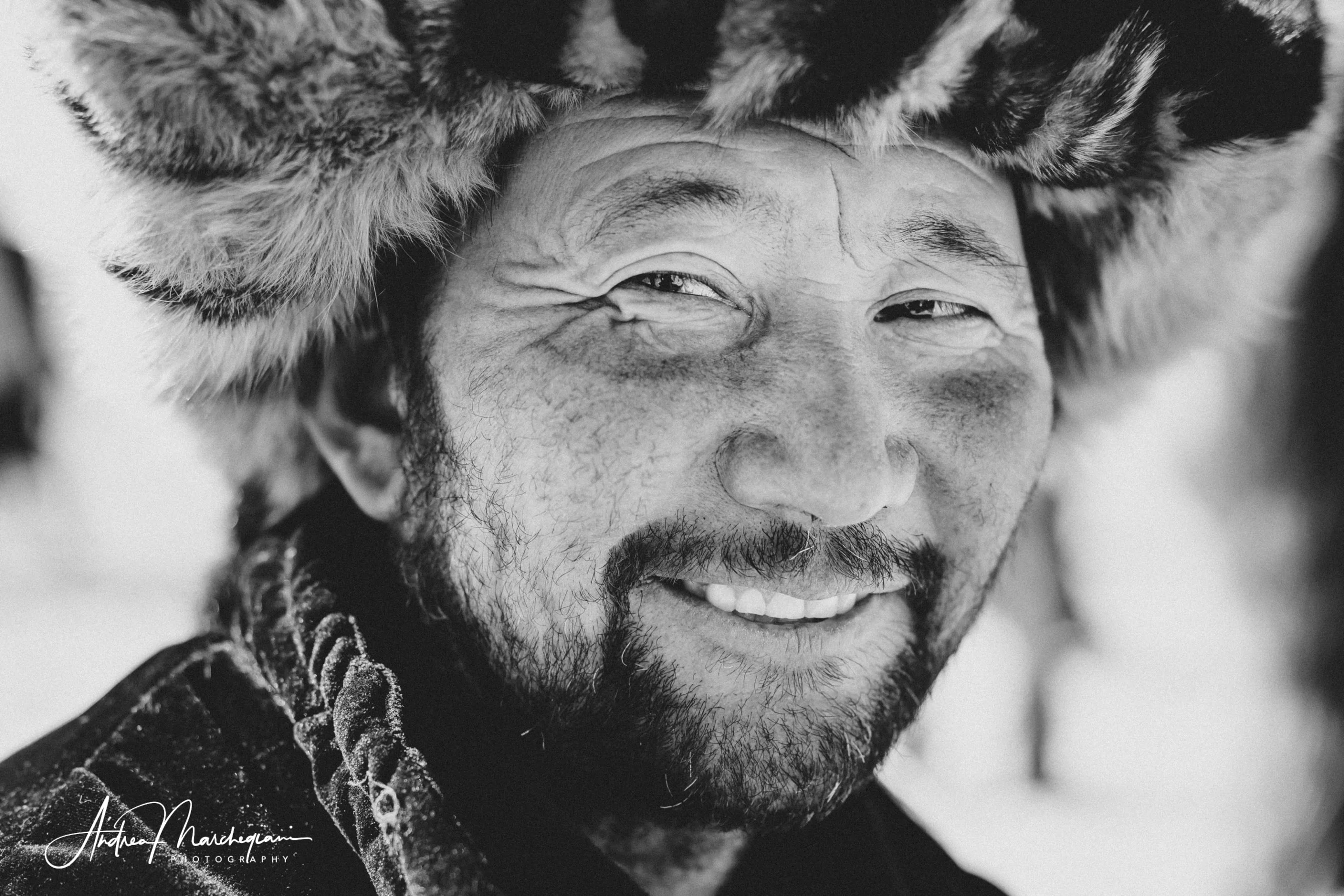
The first nights in the ger, since we are unable to keep the fire alive in the stove, Erlan wakes up several times to ignite the coal; his benevolent gaze watches over us during the rides on the plateau. At sunset, he lets us attend the eagle training: he climbs on the roof of the stable, holding the eagle, while Arhalyh gallops away to recall the animal, which soars and glides accurately on his wrist. Satisfied with the result, he proudly pampers the raptor, allowing us to do the same and even to hold it.
The Baimandai family also shares with us the eve of the festival: Arhalyh, just sixteen, participates for the first time. It must be exciting for them all. We assume they will spend the evening in private. Instead, to our surprise, we get an invitation after dinner. Erlan is celebrating with friends and family and wants us to be there. We are served fermented milk and beshbarmak, a traditional stew of offal and goat’s head: this is how the Kazakhs celebrate the arrival of spring.
Vodka relaxes the atmosphere and we find ourselves chewing goat cheek and chops; some even dare to taste the brain. No one can leave the party without drinking 3 glass of vodka, so we are told.
Tipsy and unbuttoned, Erlan plays us a ballad and I must say he sings gracefully; one of his friends performs in a traditional dance, then our driver duets with the cook and we also do our best singing some old Italian songs.
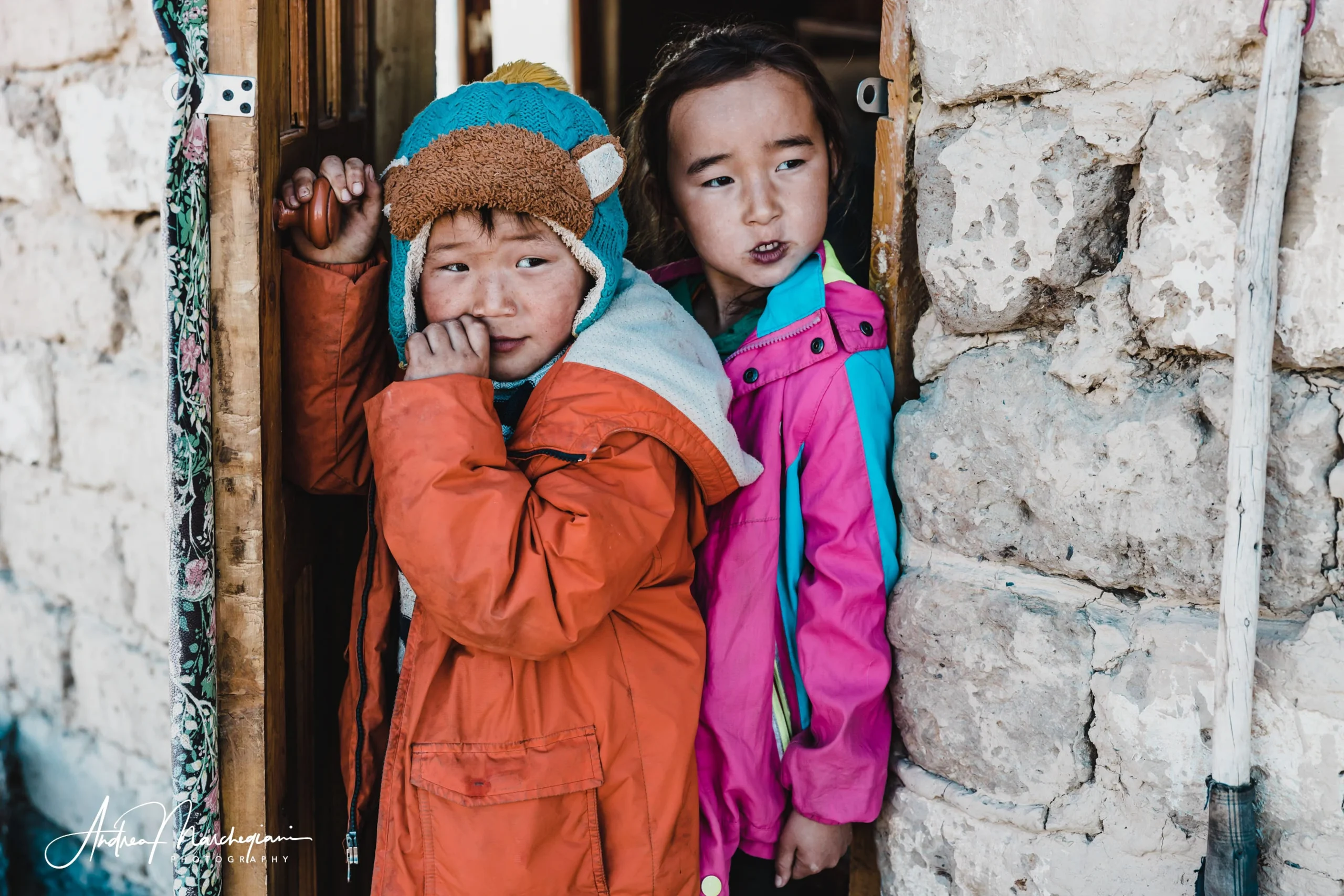
Being friends with a shepherd is worth a thousand times the flight of an eagle. I understand it at the end of the festival, where Arhalyh ranked fourth. Erlan calls me aside, with a look of understanding. He wants to share his pride and gives me a glass of vodka. It is a man-to-man complicity, which fills me with emotion and takes me by surprise.
But if you ask me what is my most beautiful memory, I would answer, albeit with difficulty, that it was the little Dastan who did the greatest magic. One night he asks me to follow him, just before dinner.
He takes me to a cow that has moved away from the farm: sheltered in the bend of a stream, she hides a calf under her belly. Just born, he is trying his first steps. Mom encourages him by licking his face. In the dim light of the sunset, the scene has something mystical that takes my breath away. I struggle to hold back the tears. Dastan approaches, takes the calf and takes it back to the farm. It can’t stay there, the cold of the night would kill it. The cow follows Dastan with her eyes. She trusts him, she knows in the arms of that boy her son is safe.
The life of a Mongolian shepherd is tiring, harsh, full of sacrifice. Hard to envy. Yet, it gives unique privileges, like picking up a calf.
